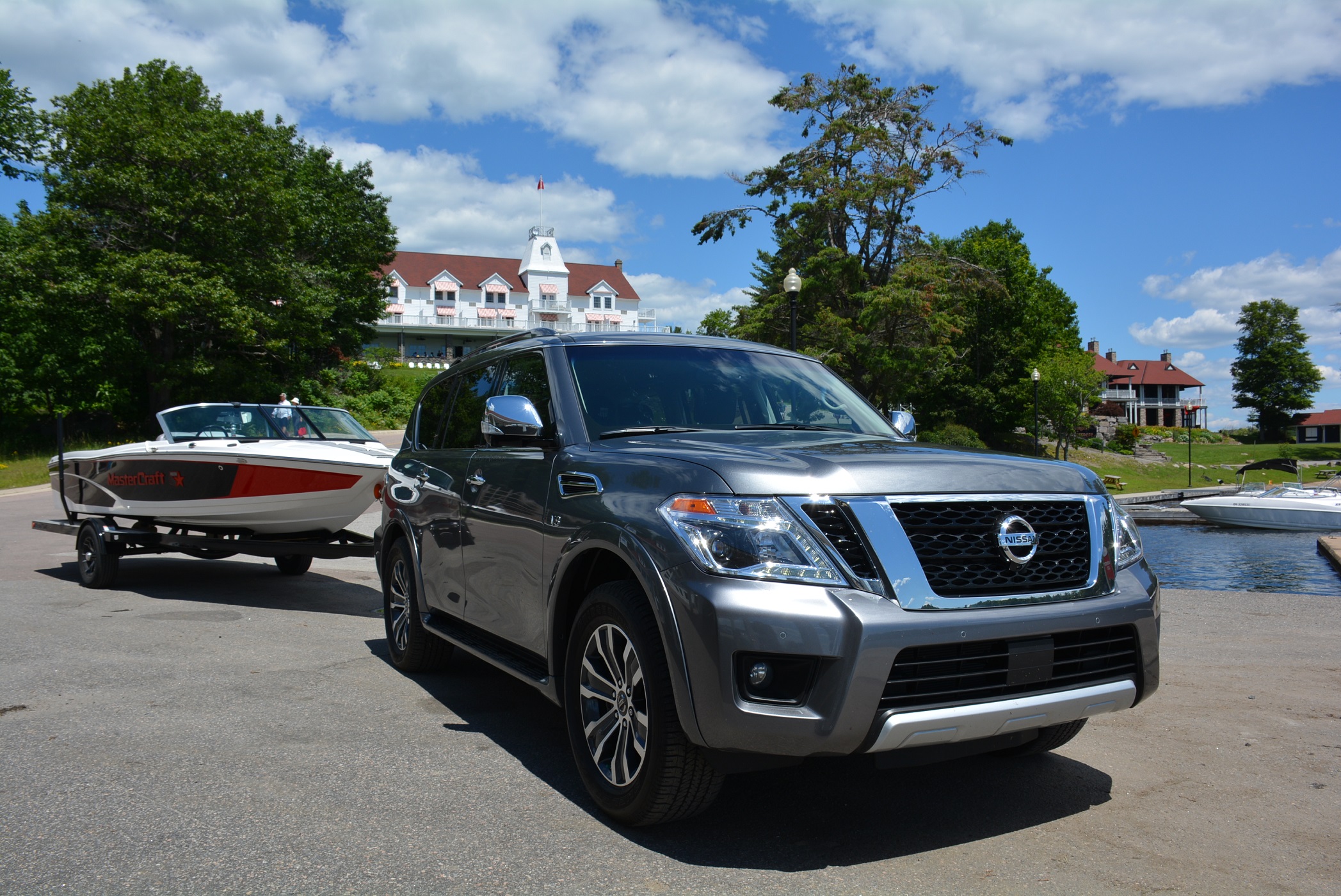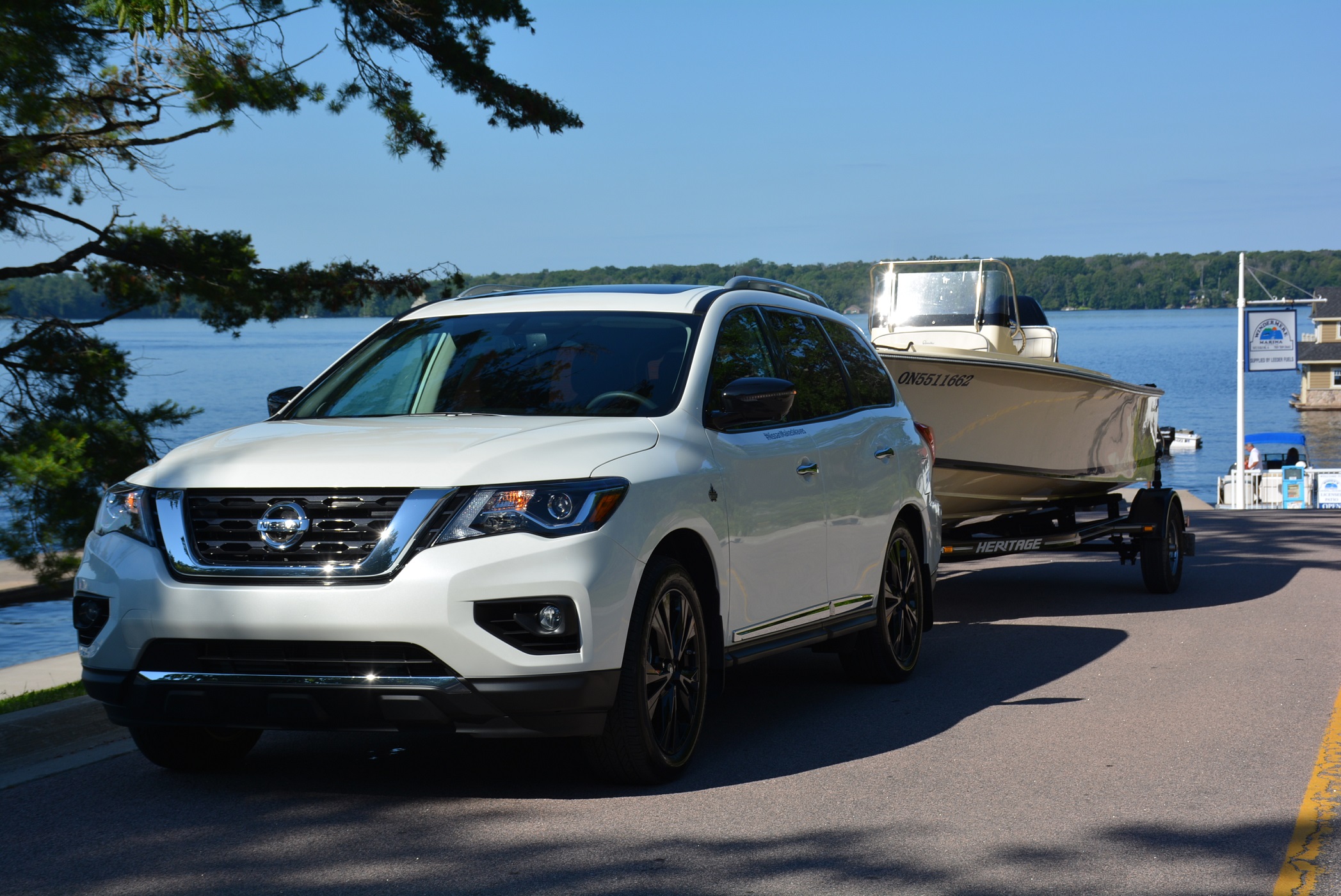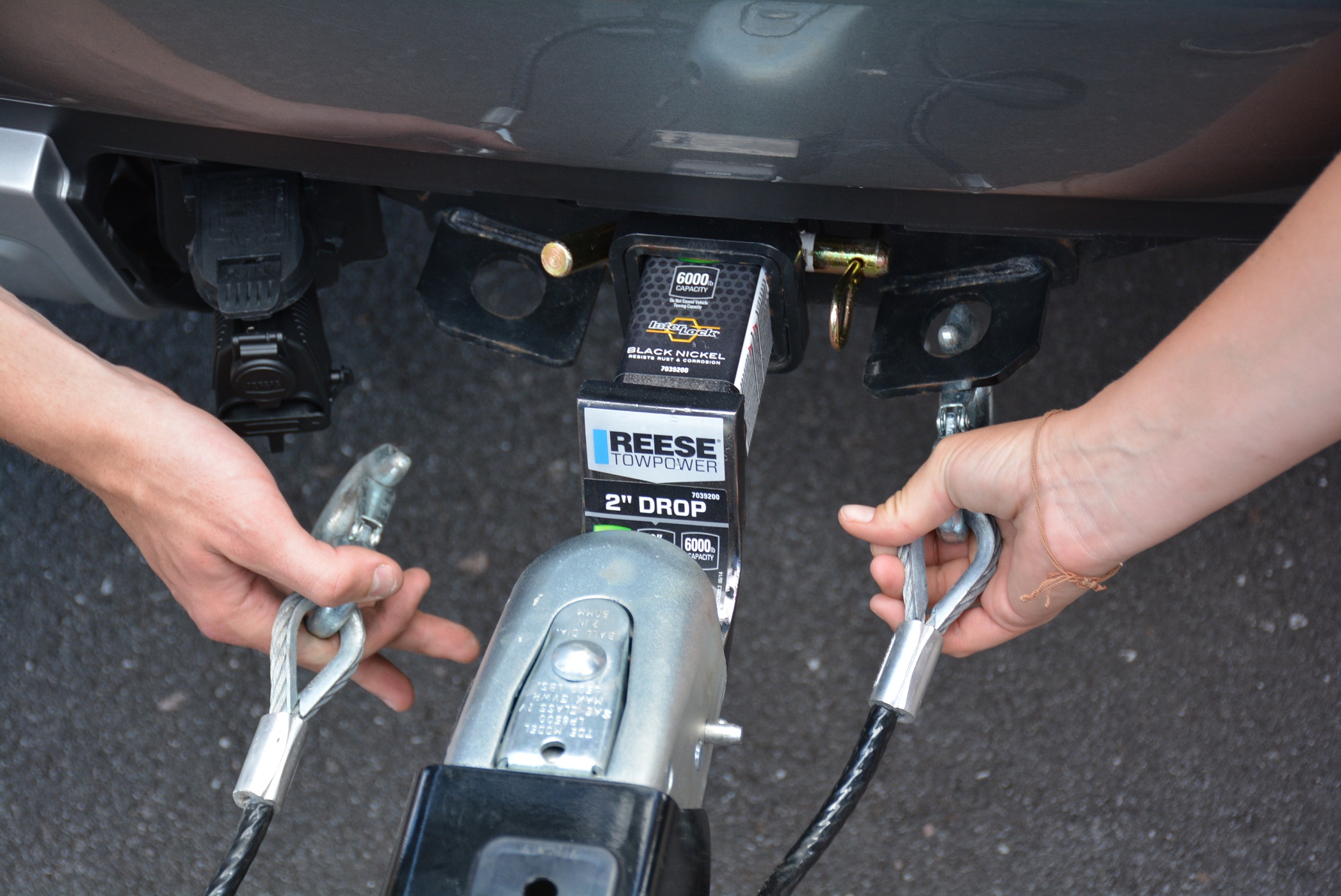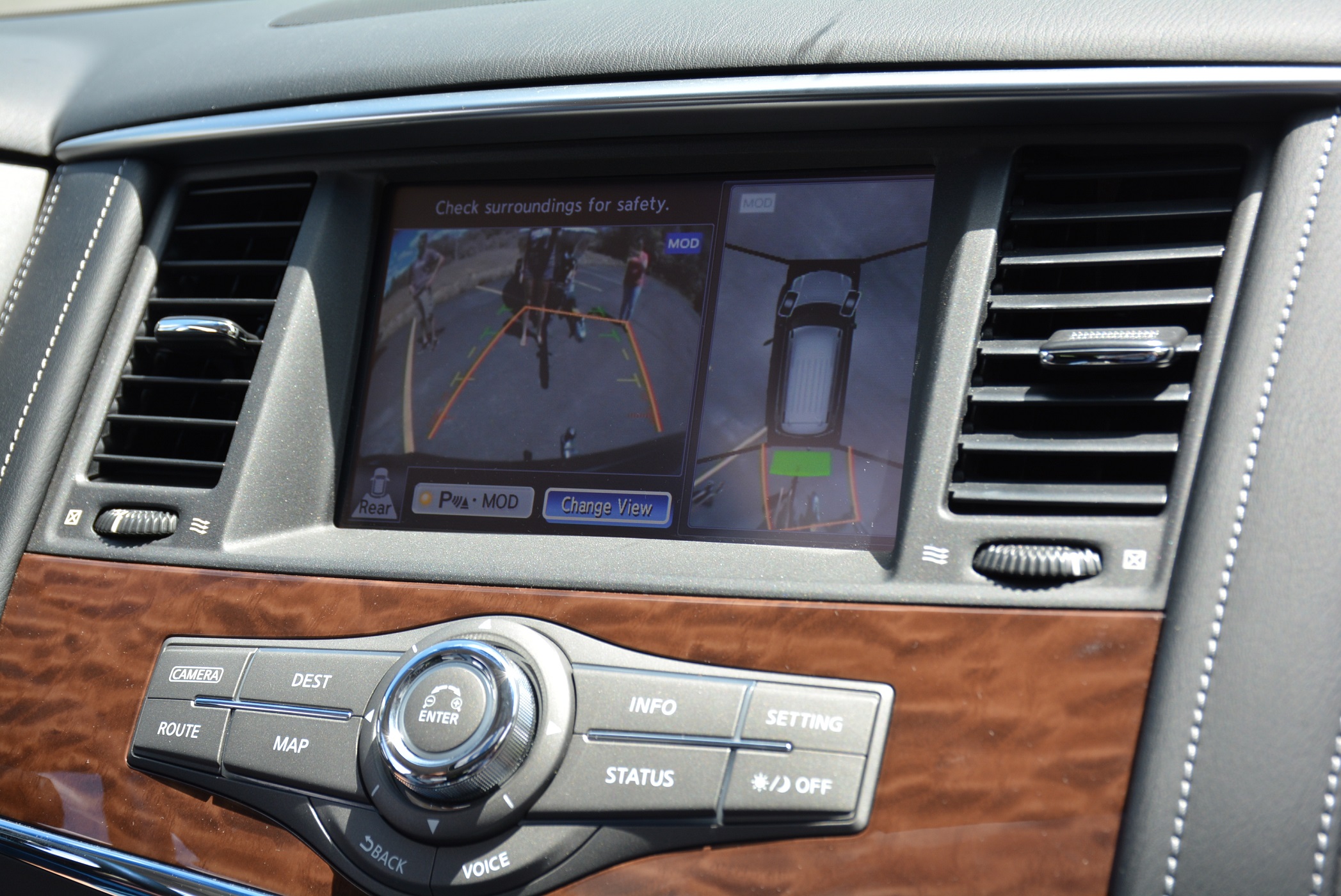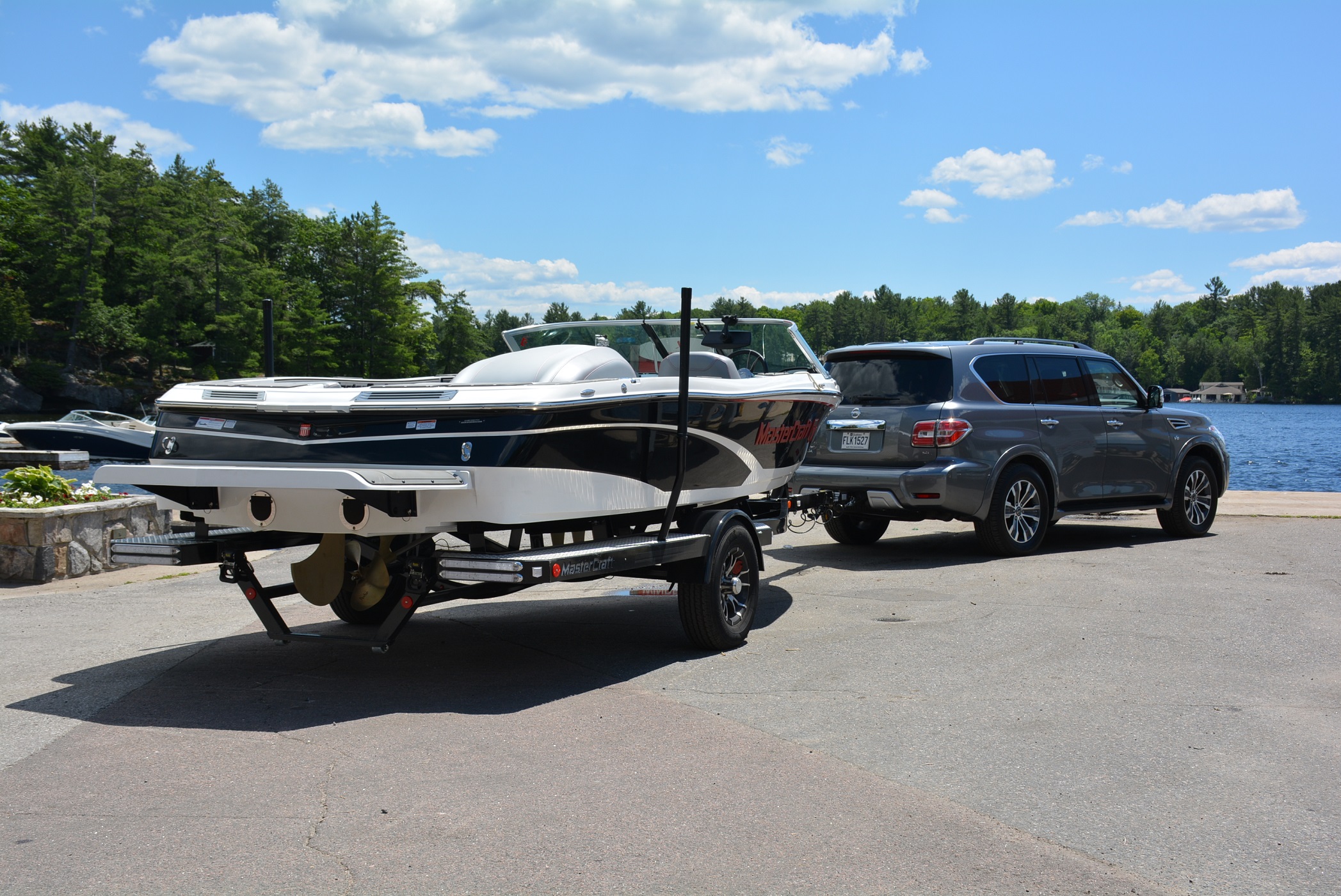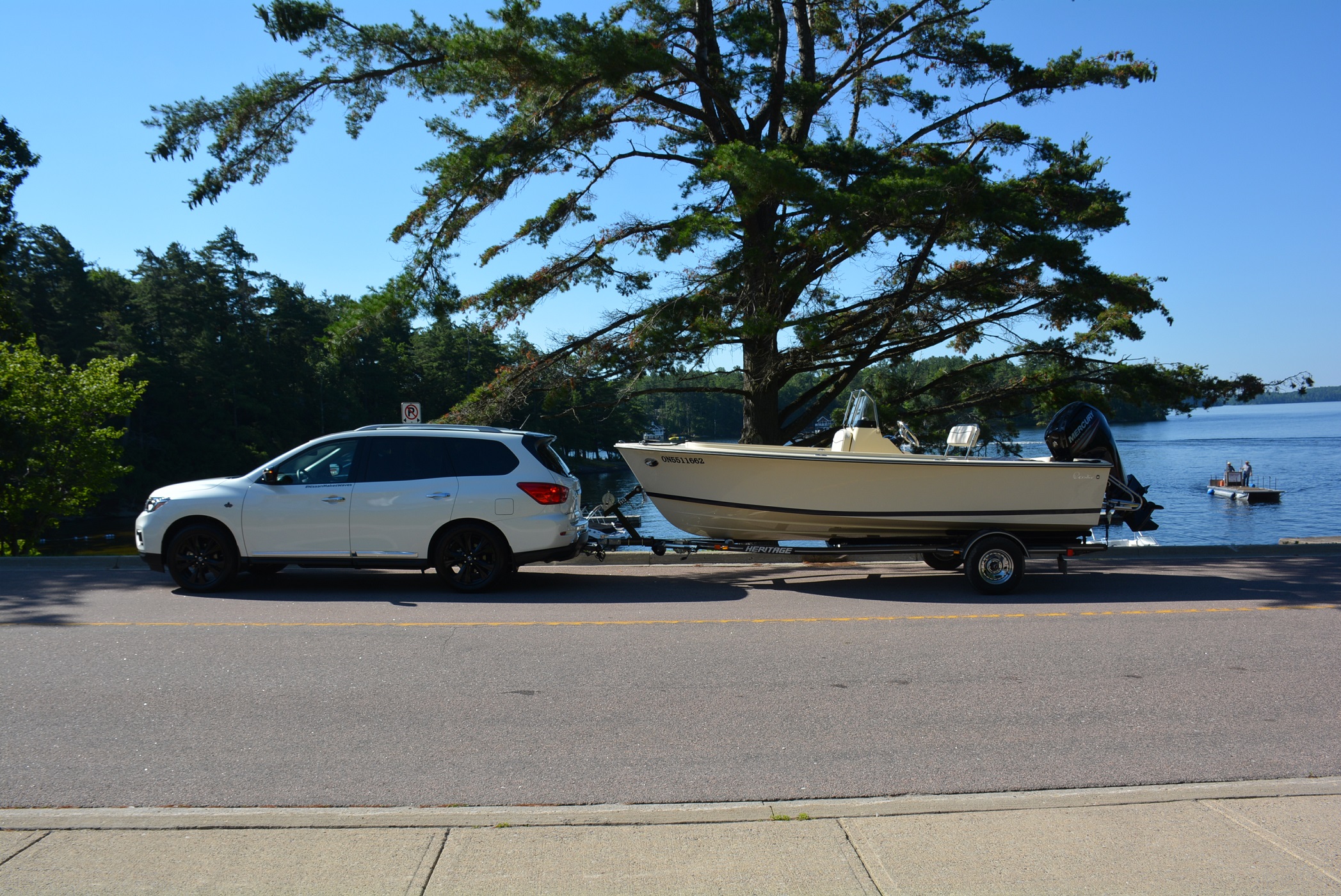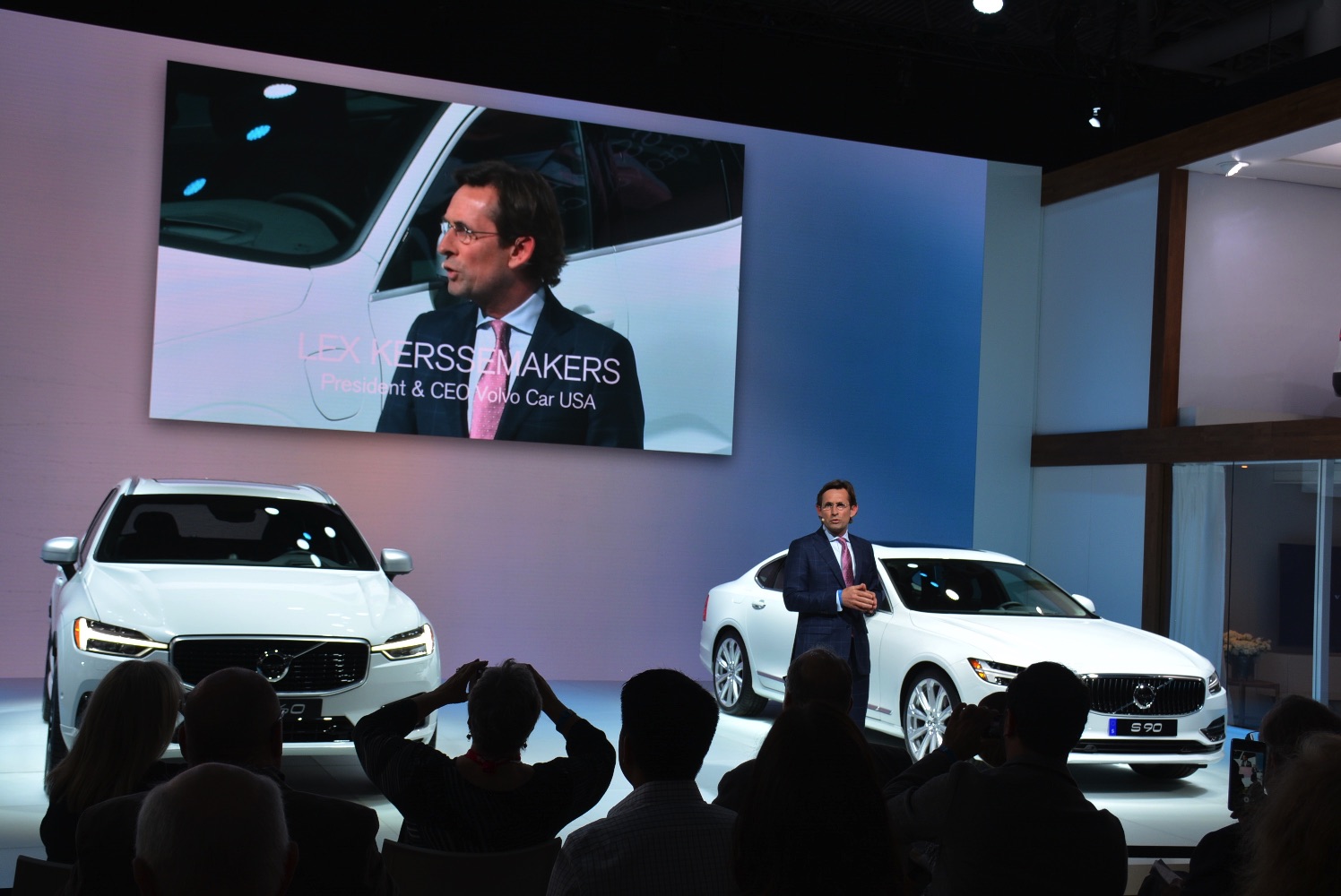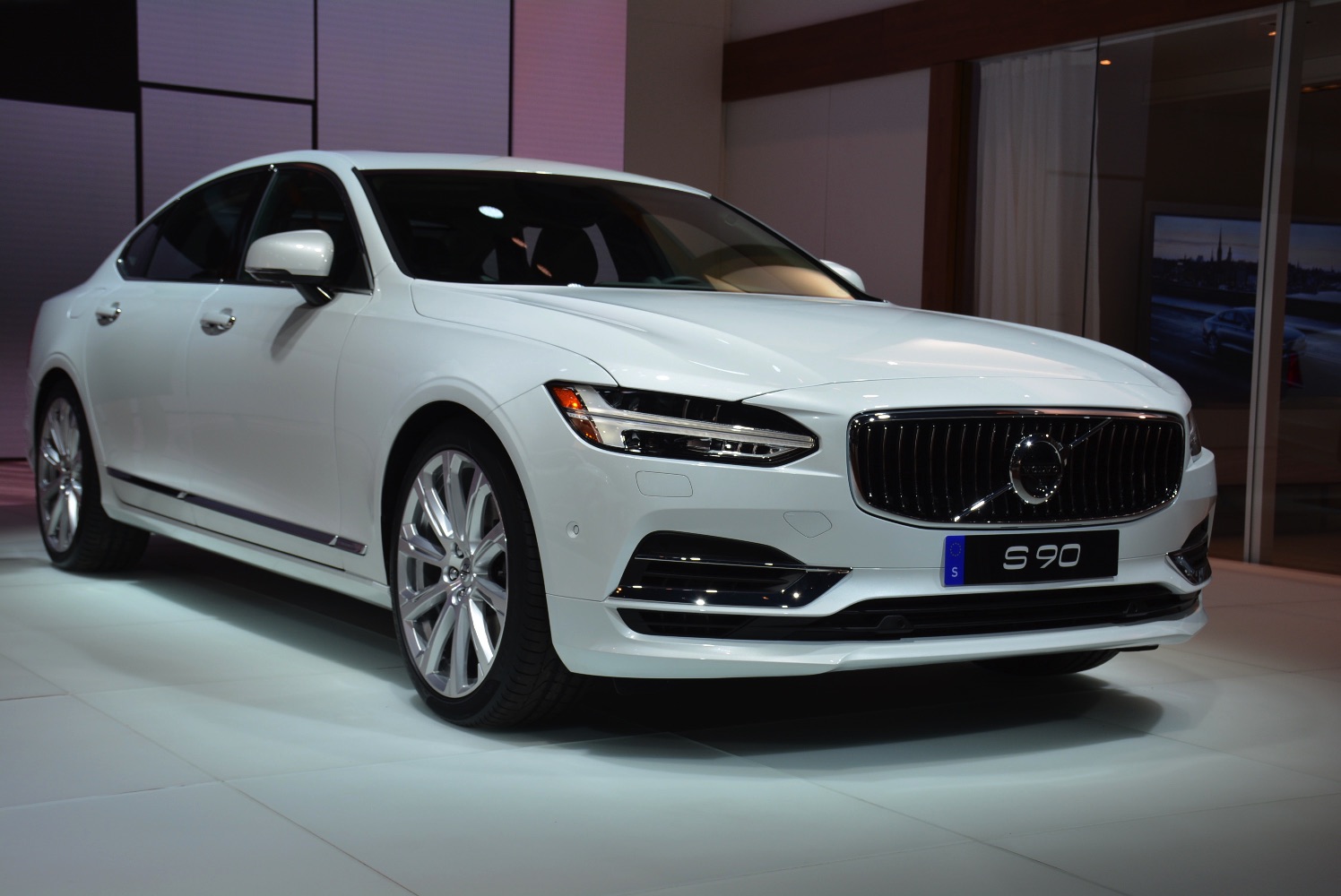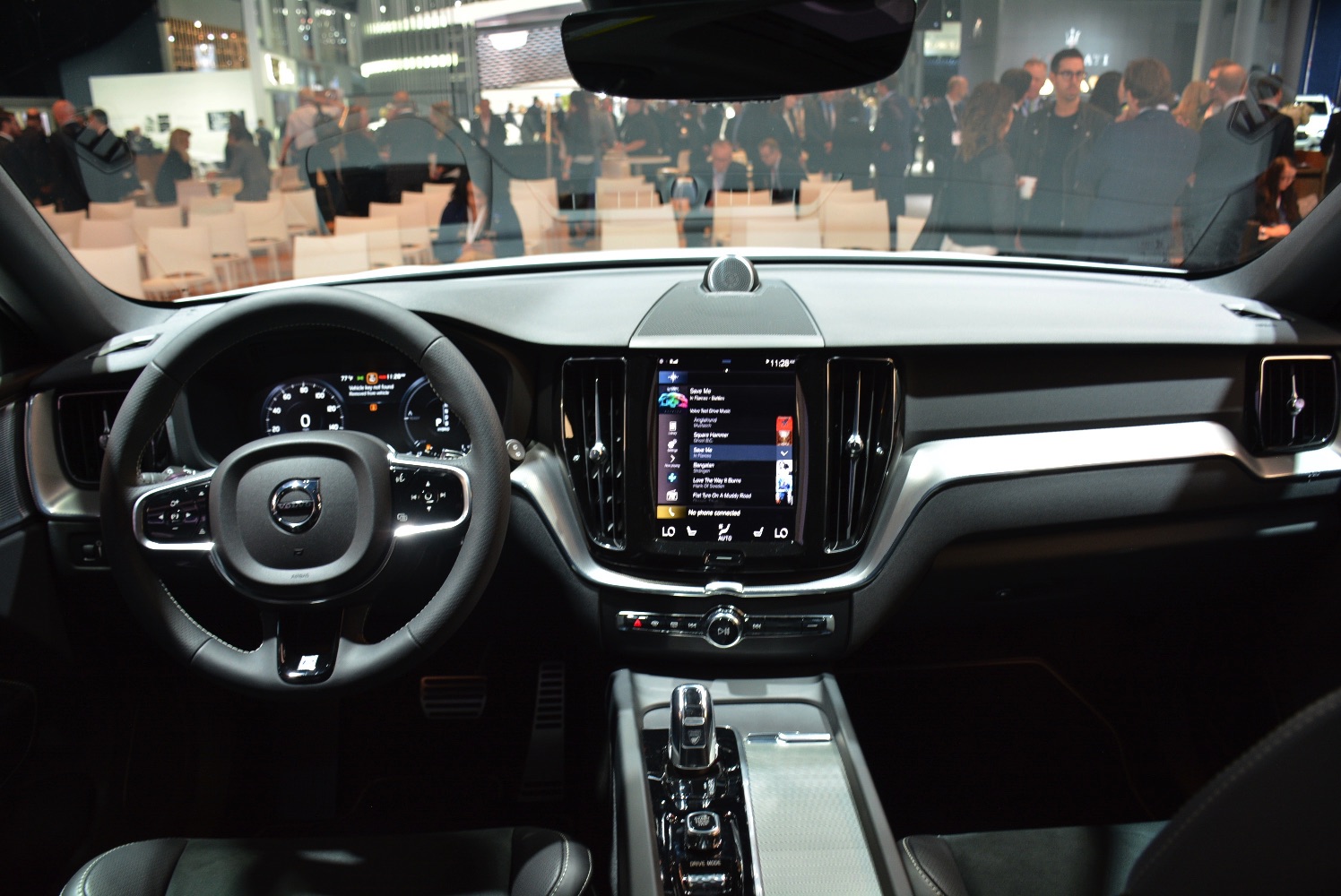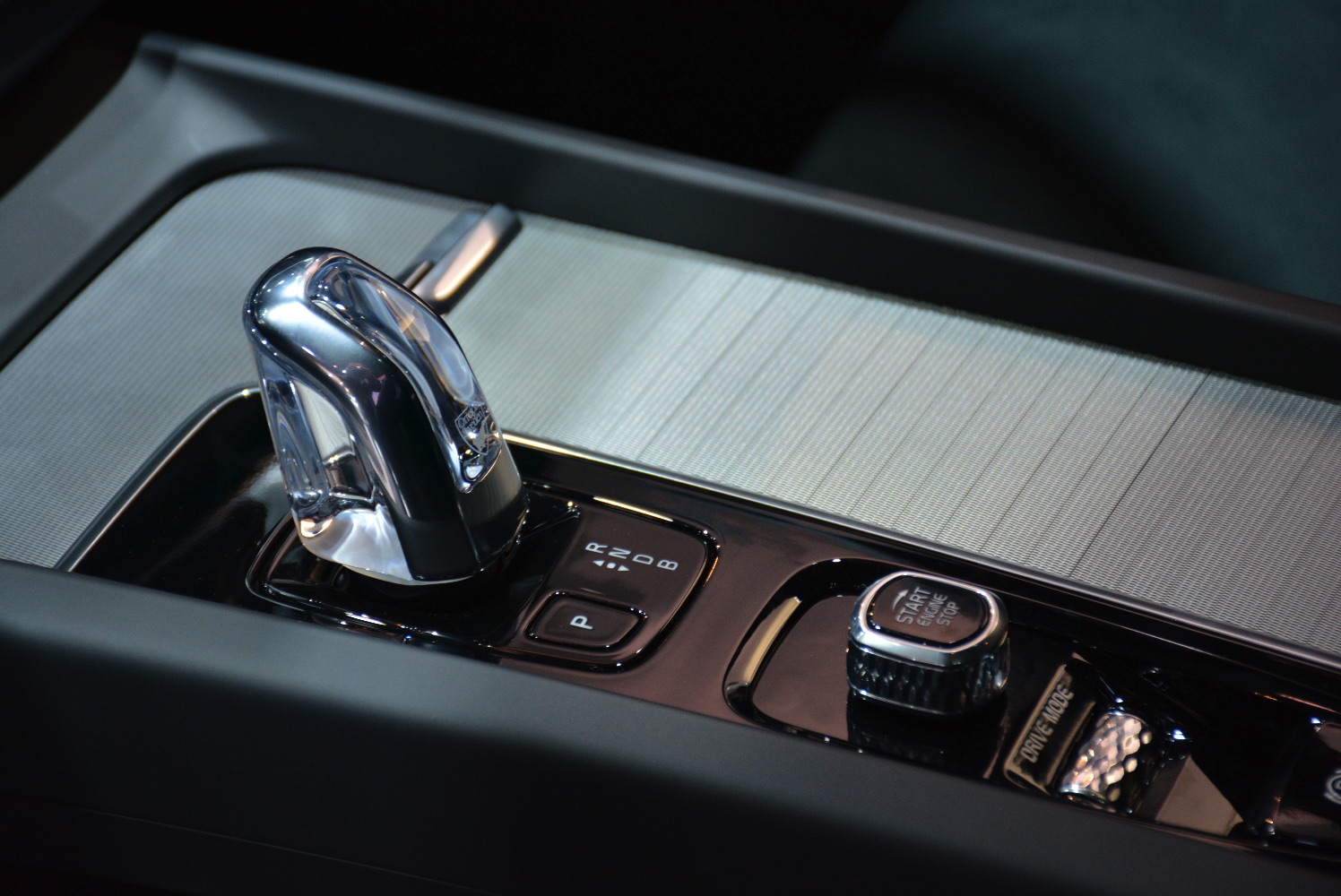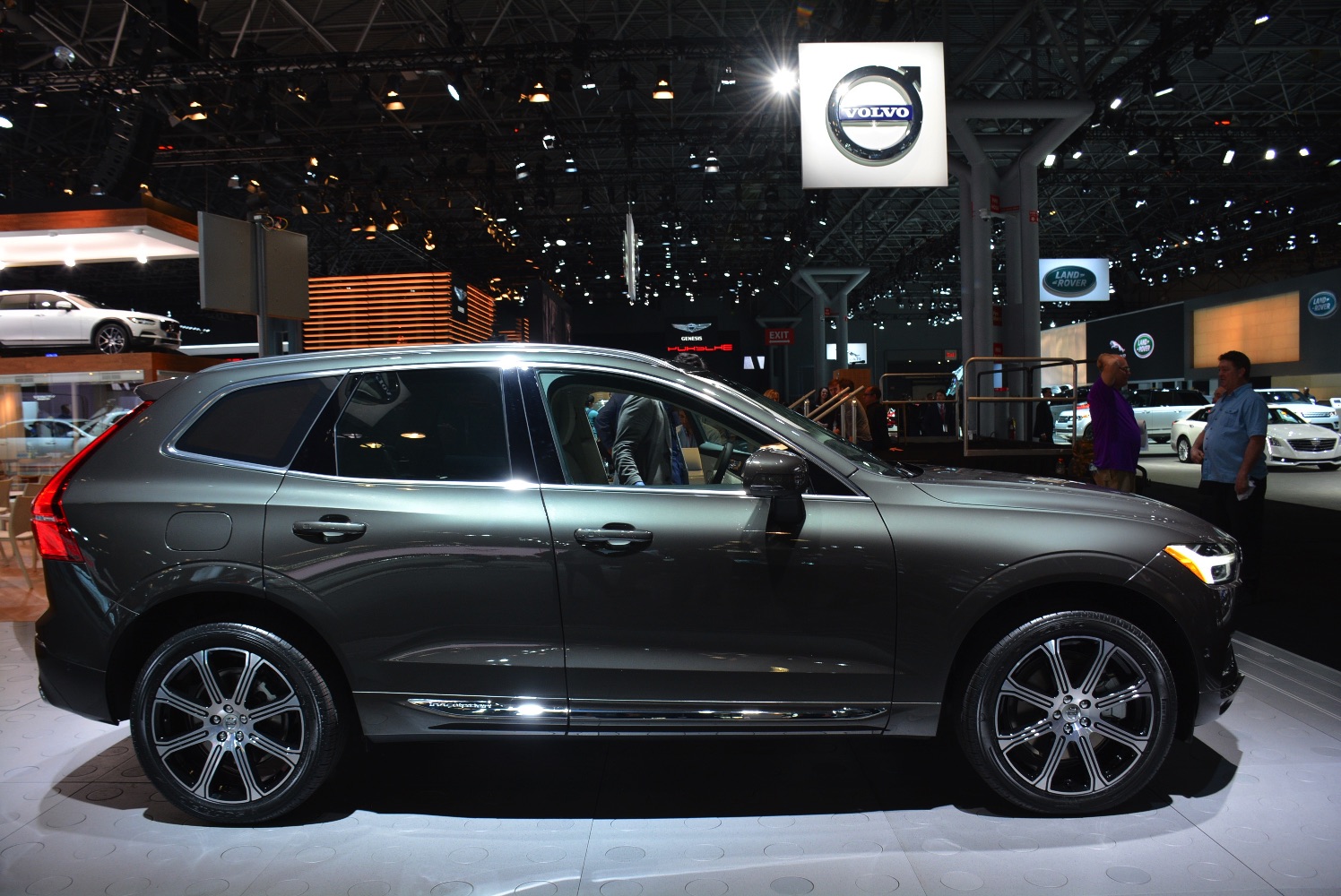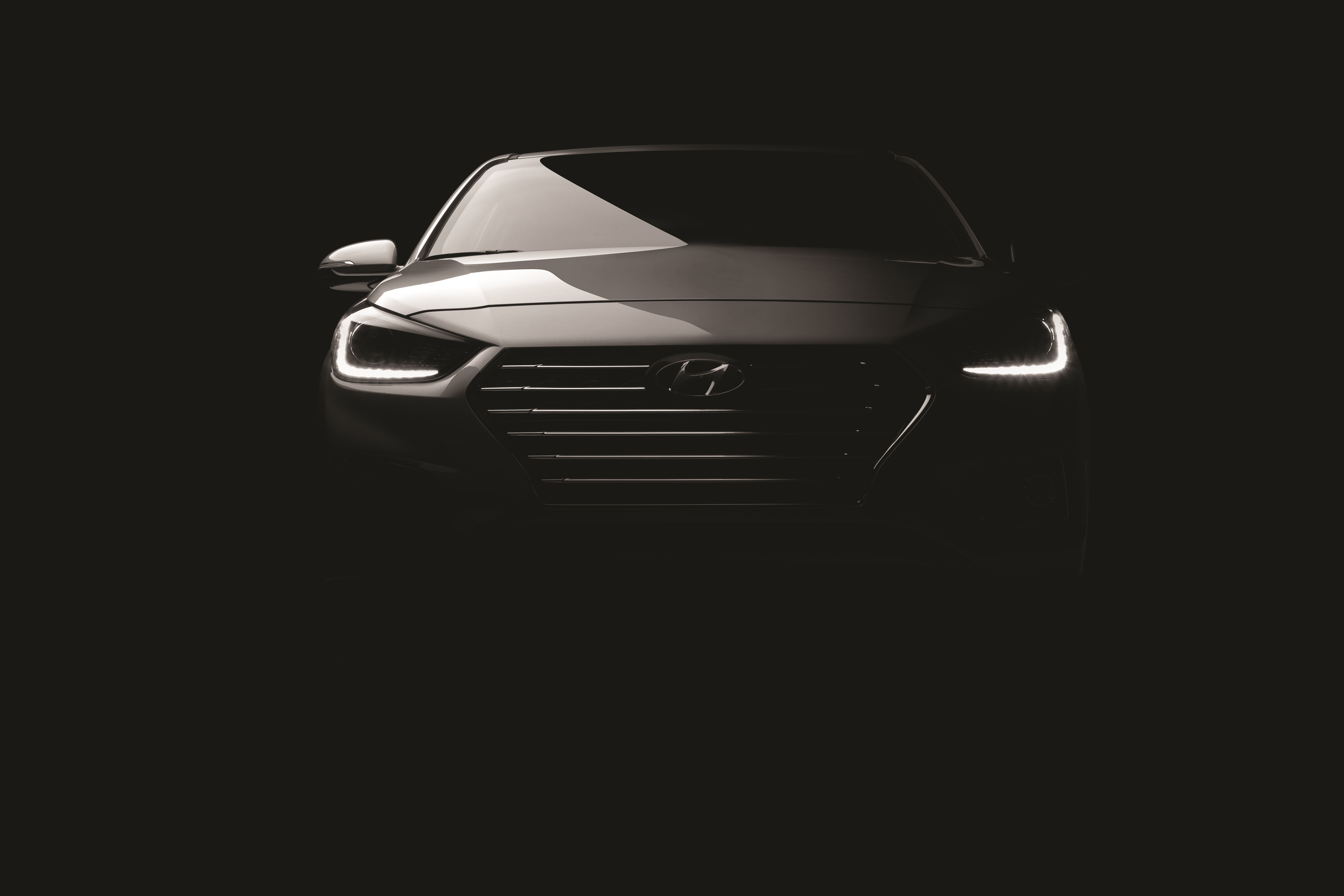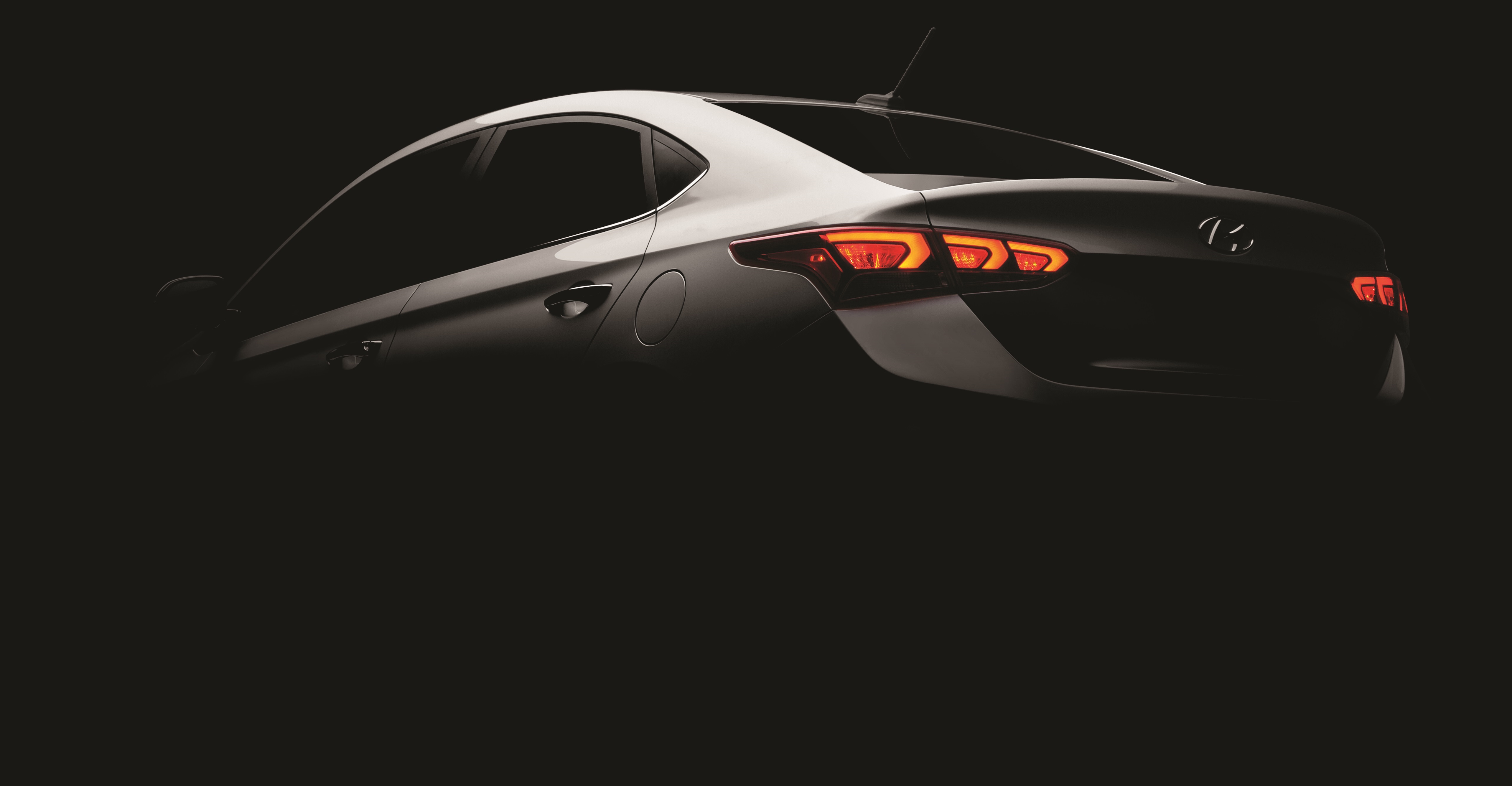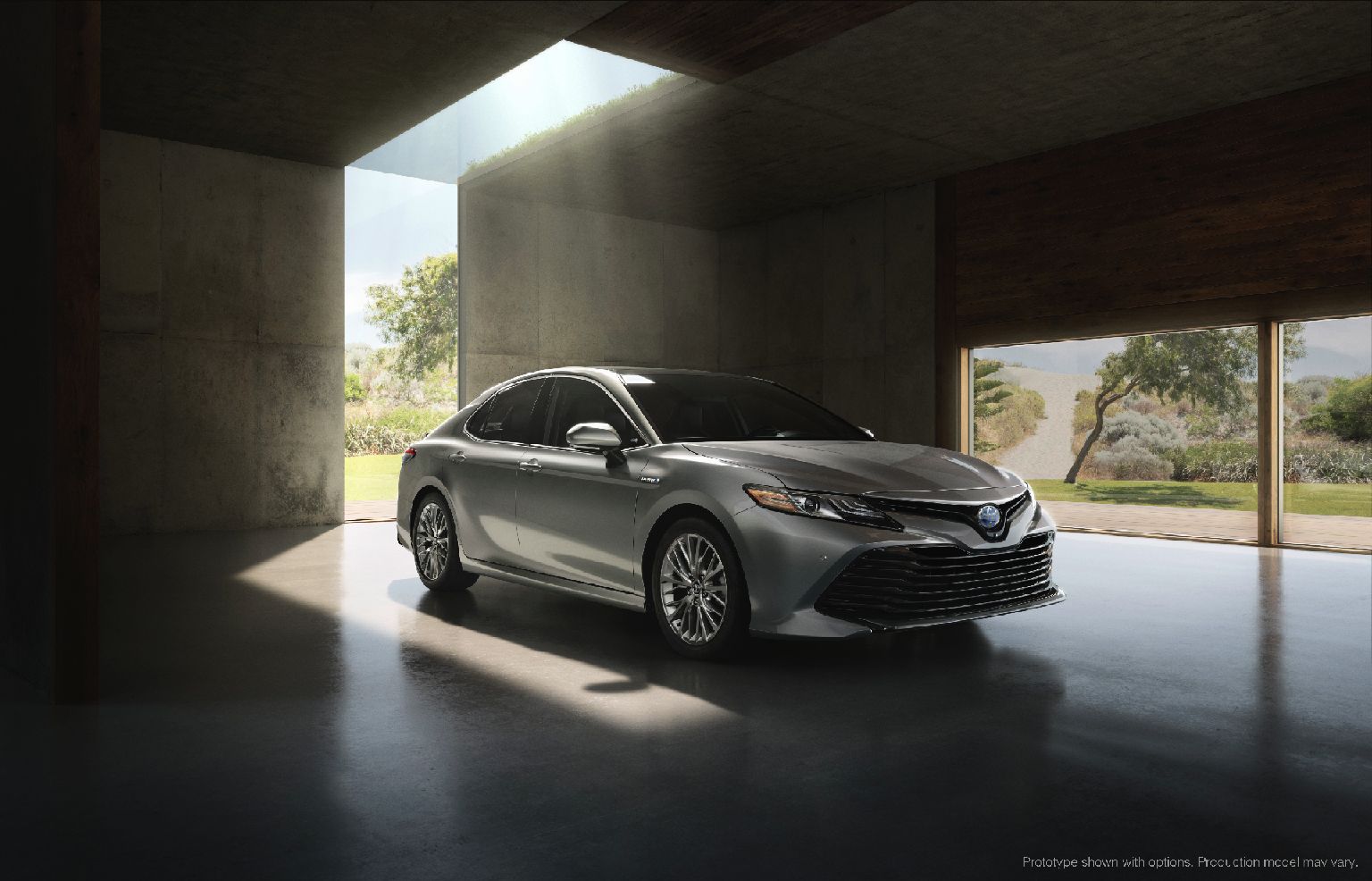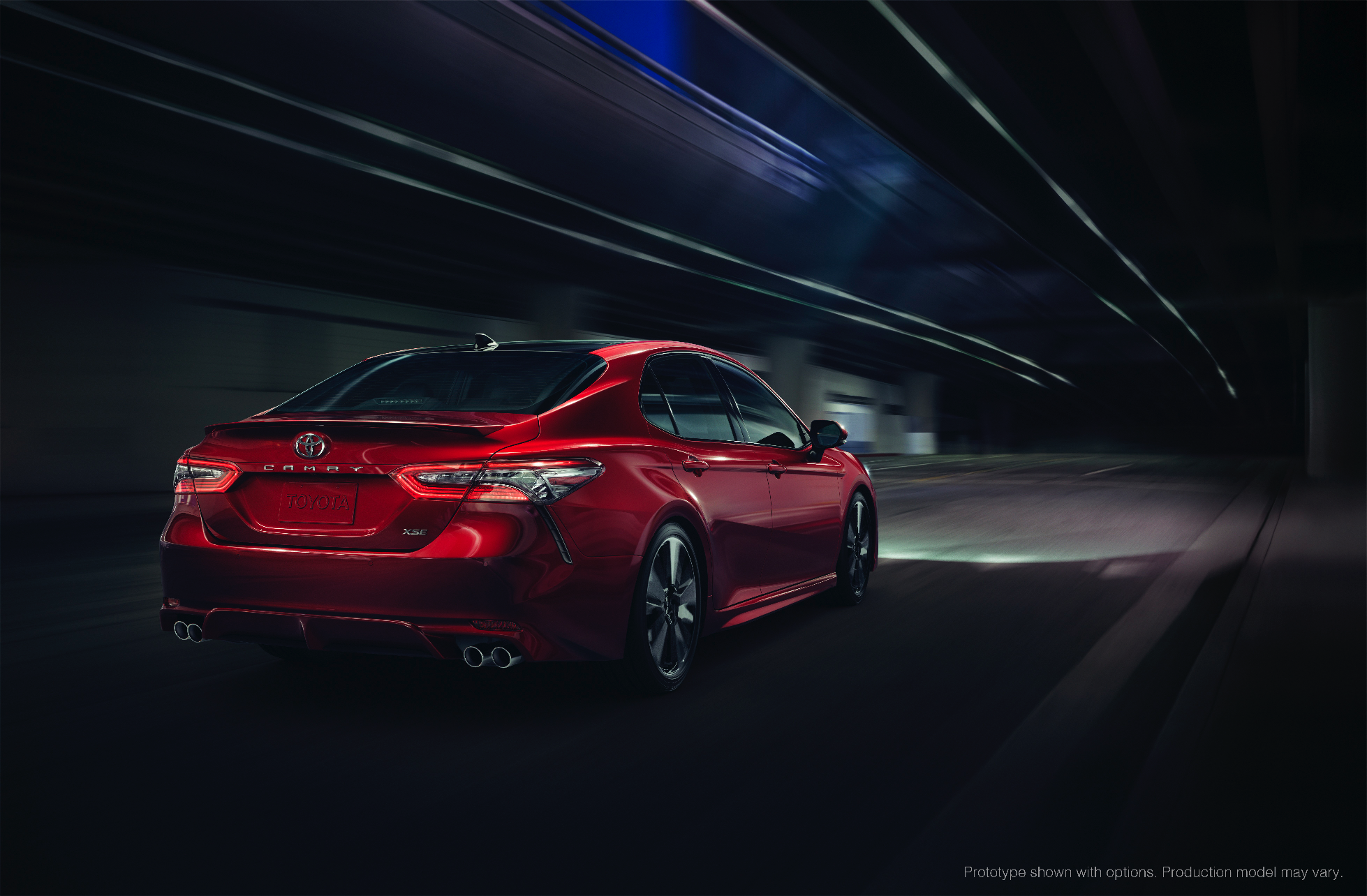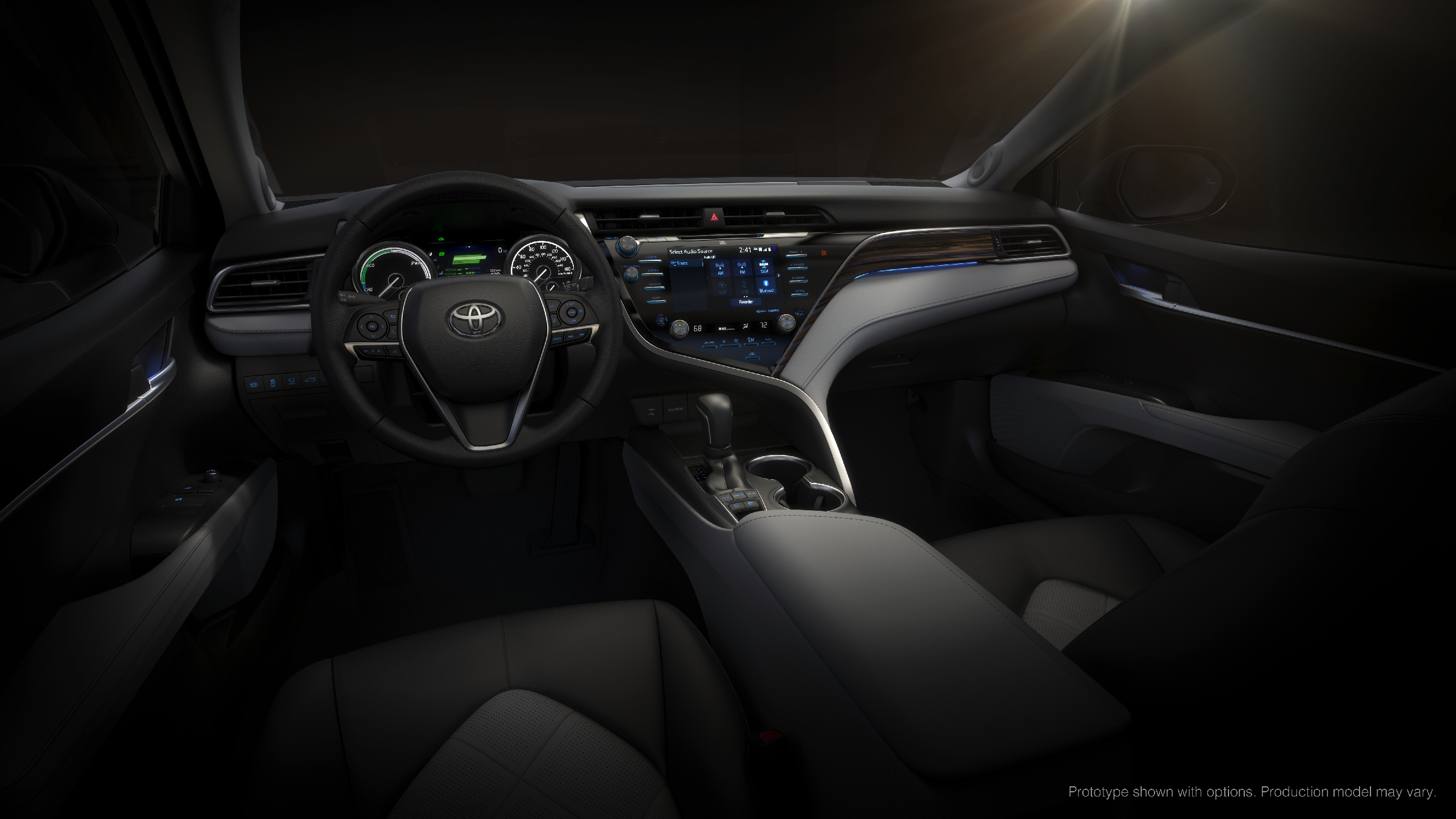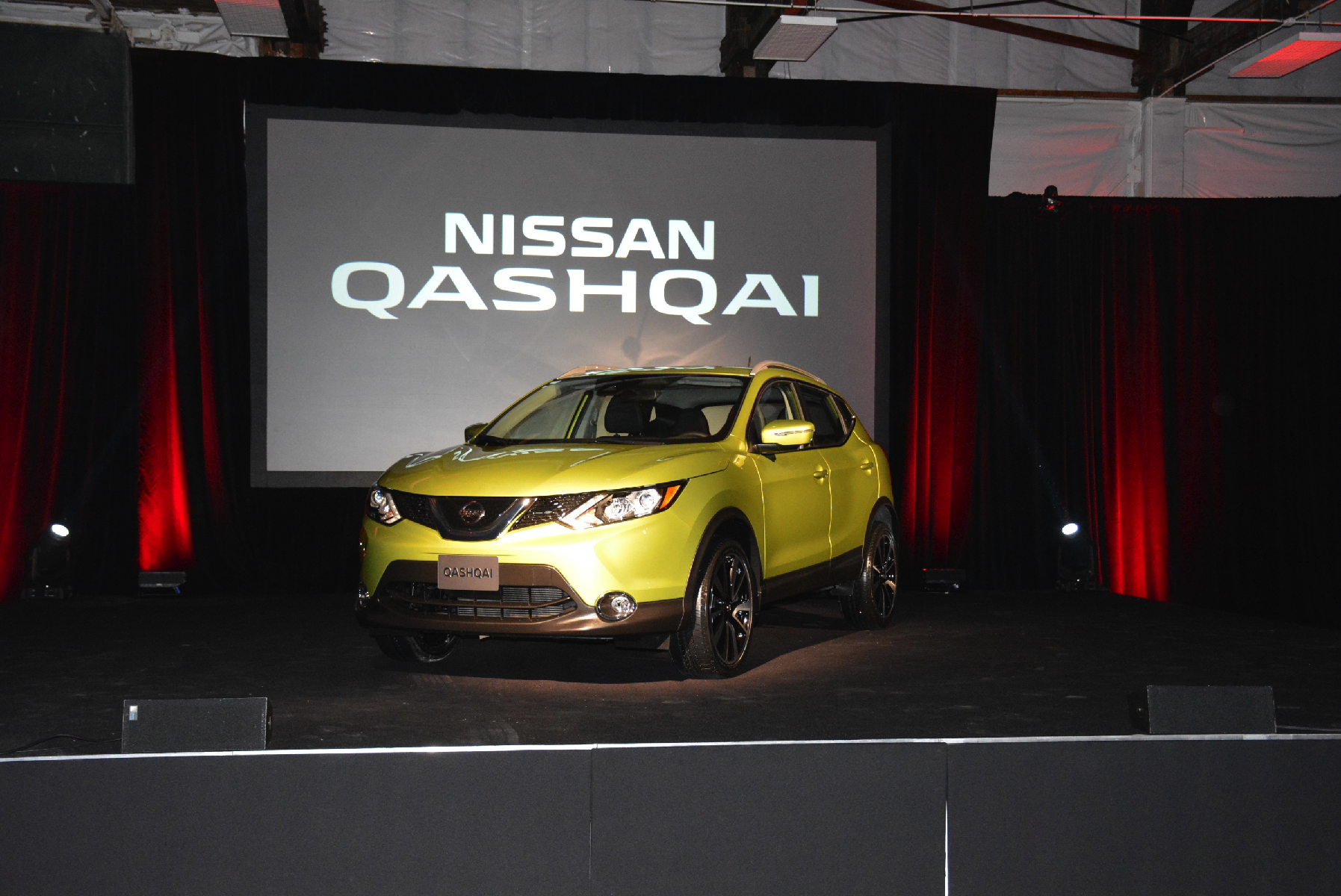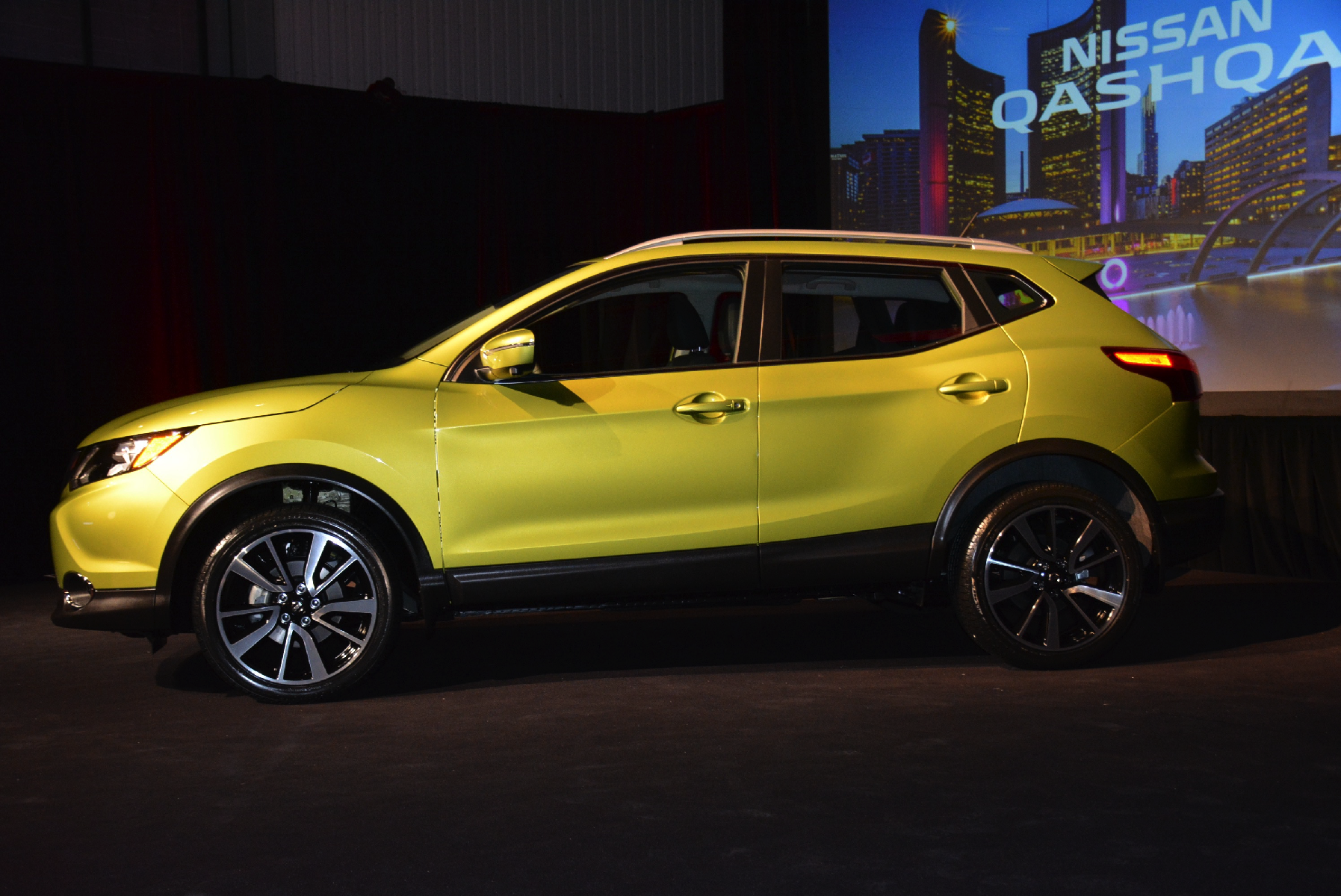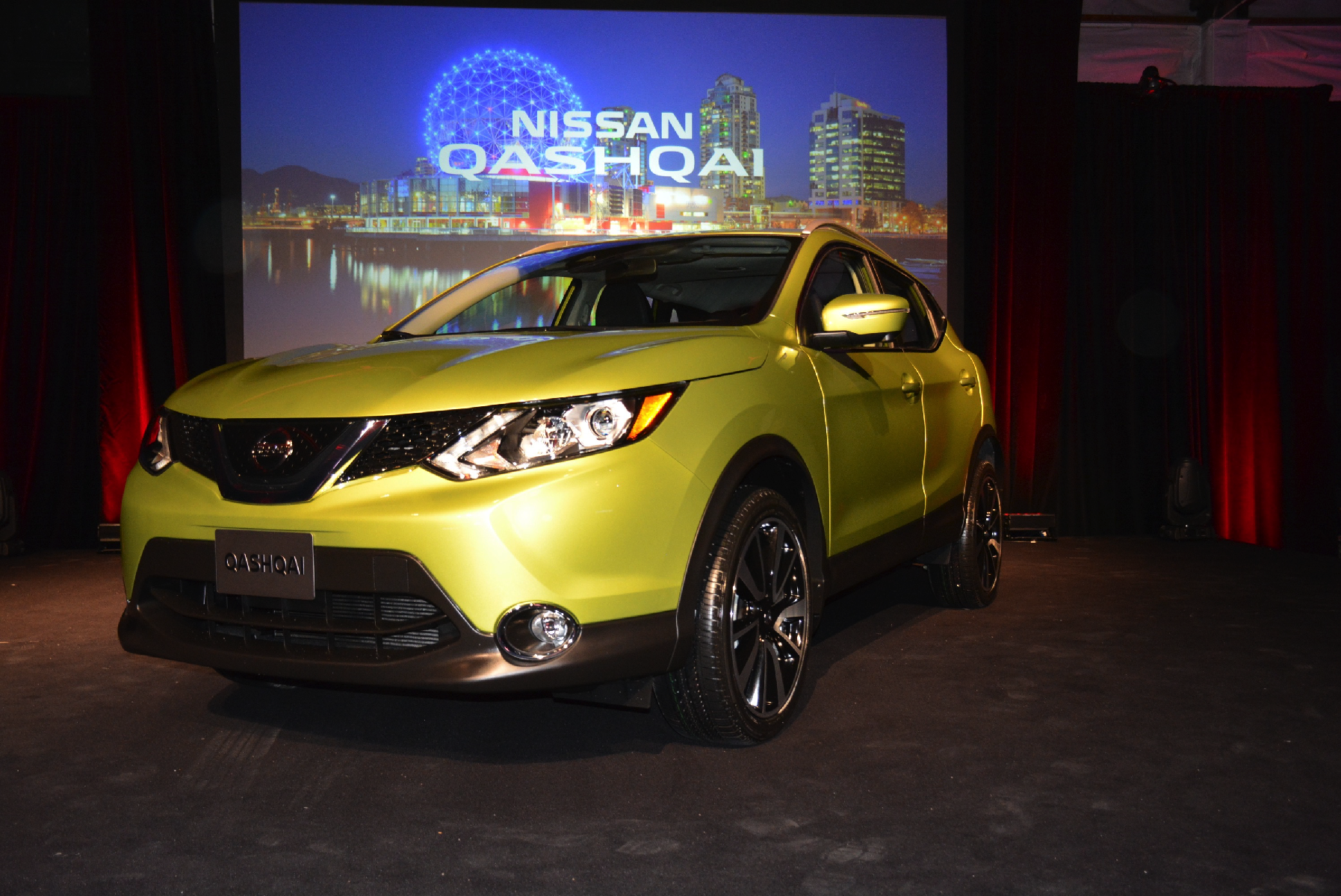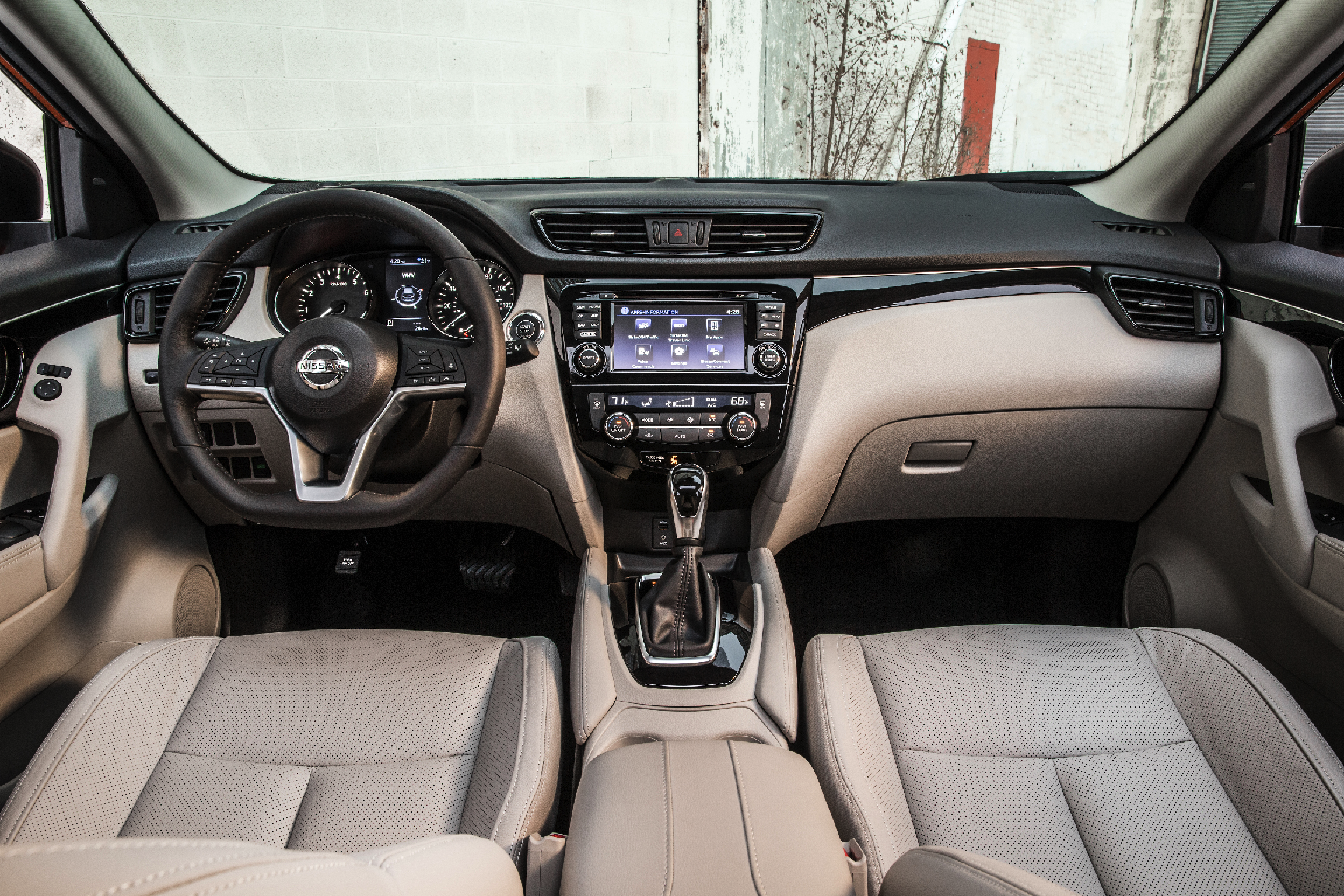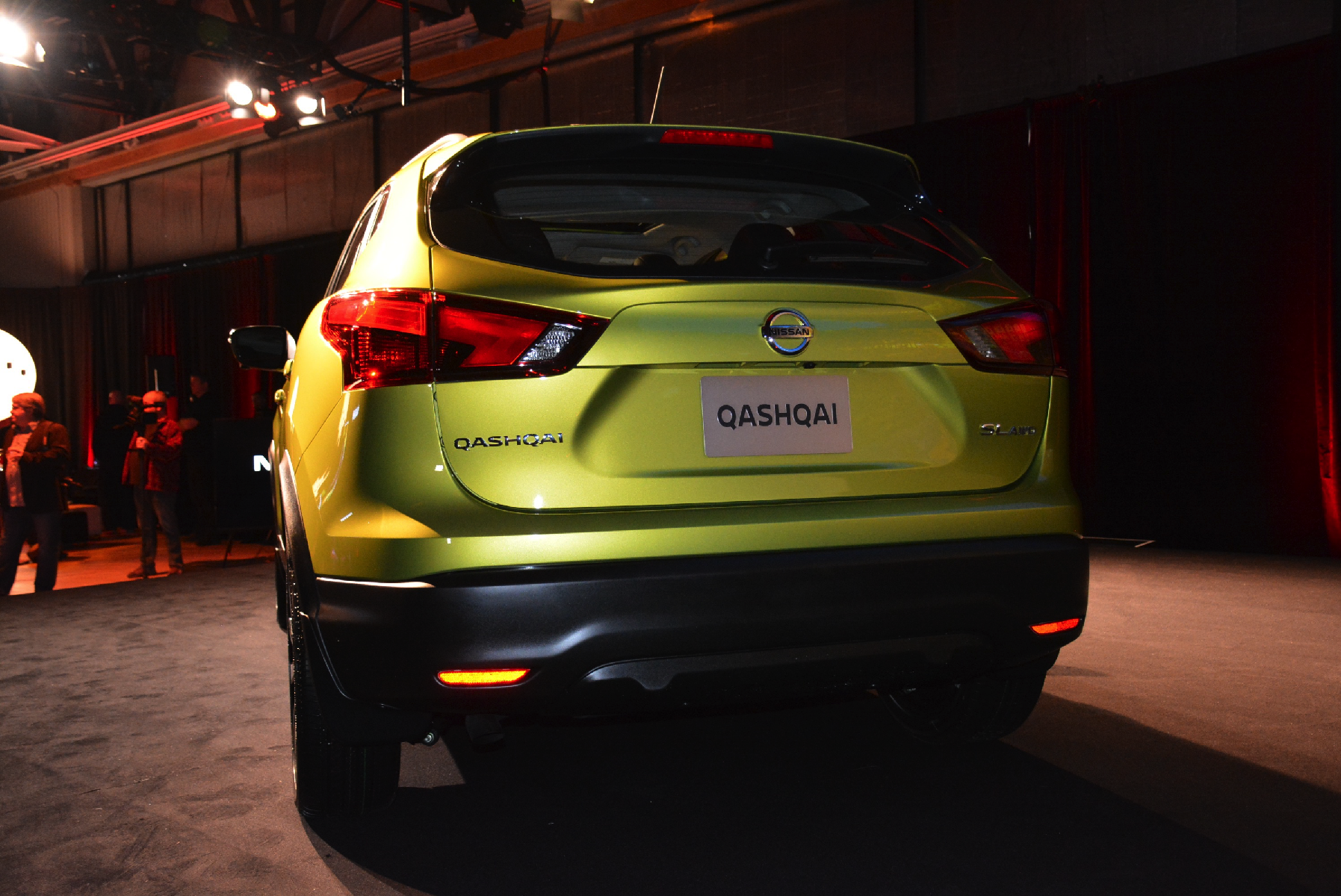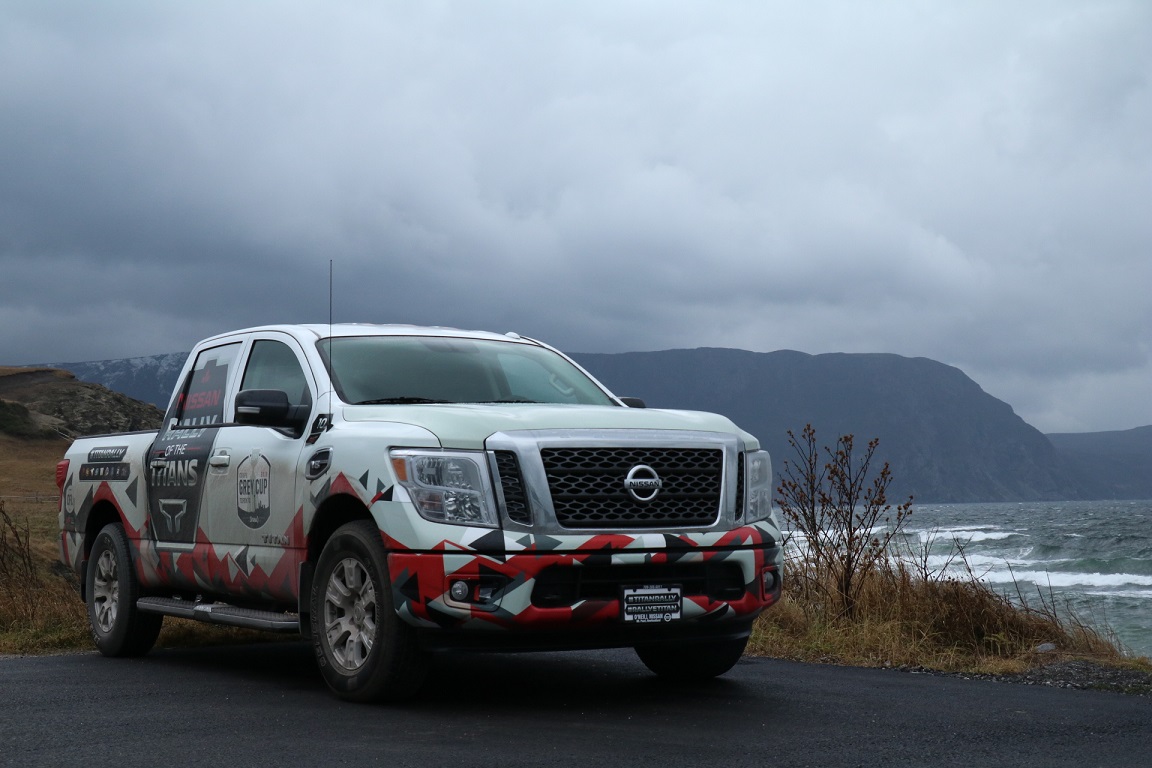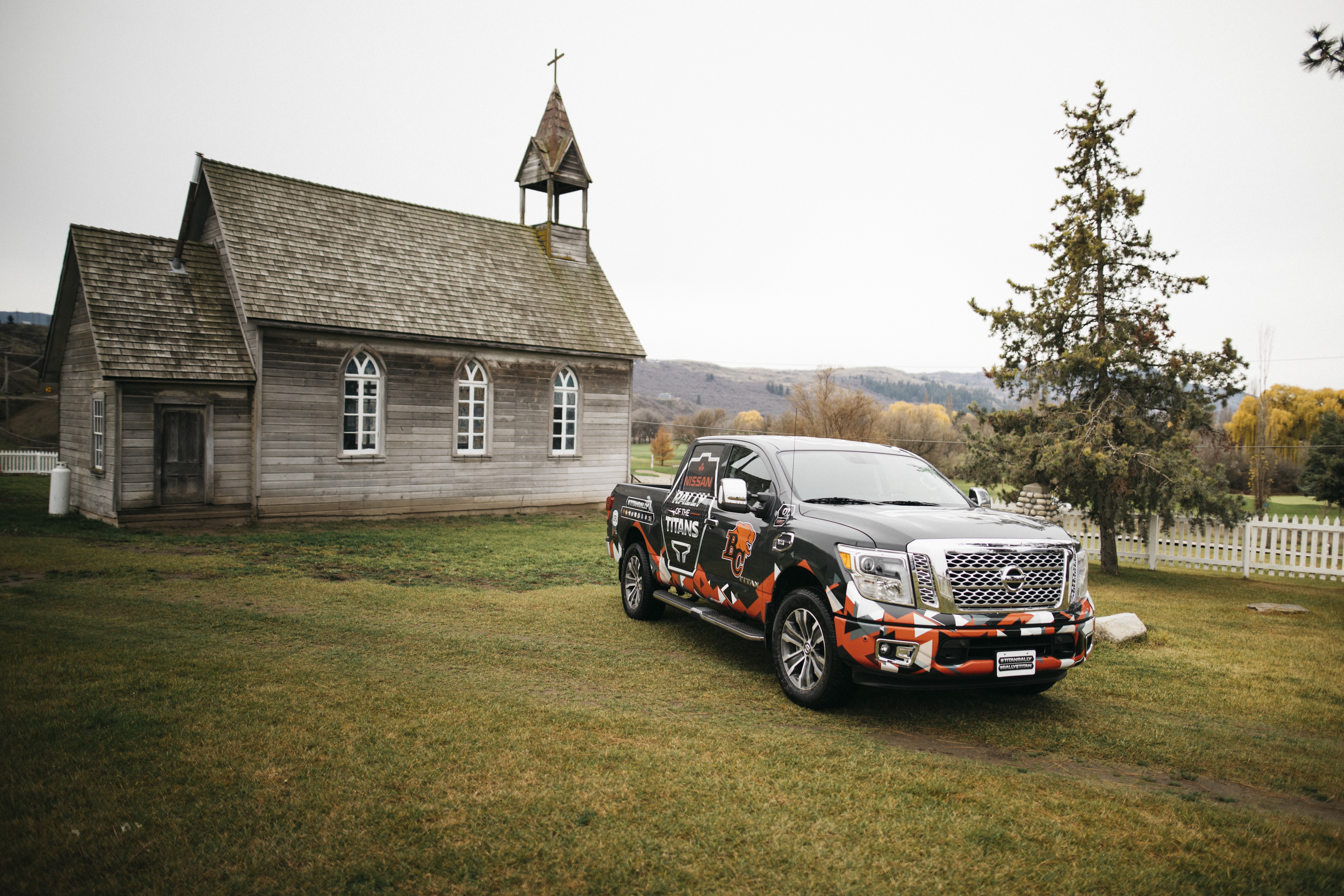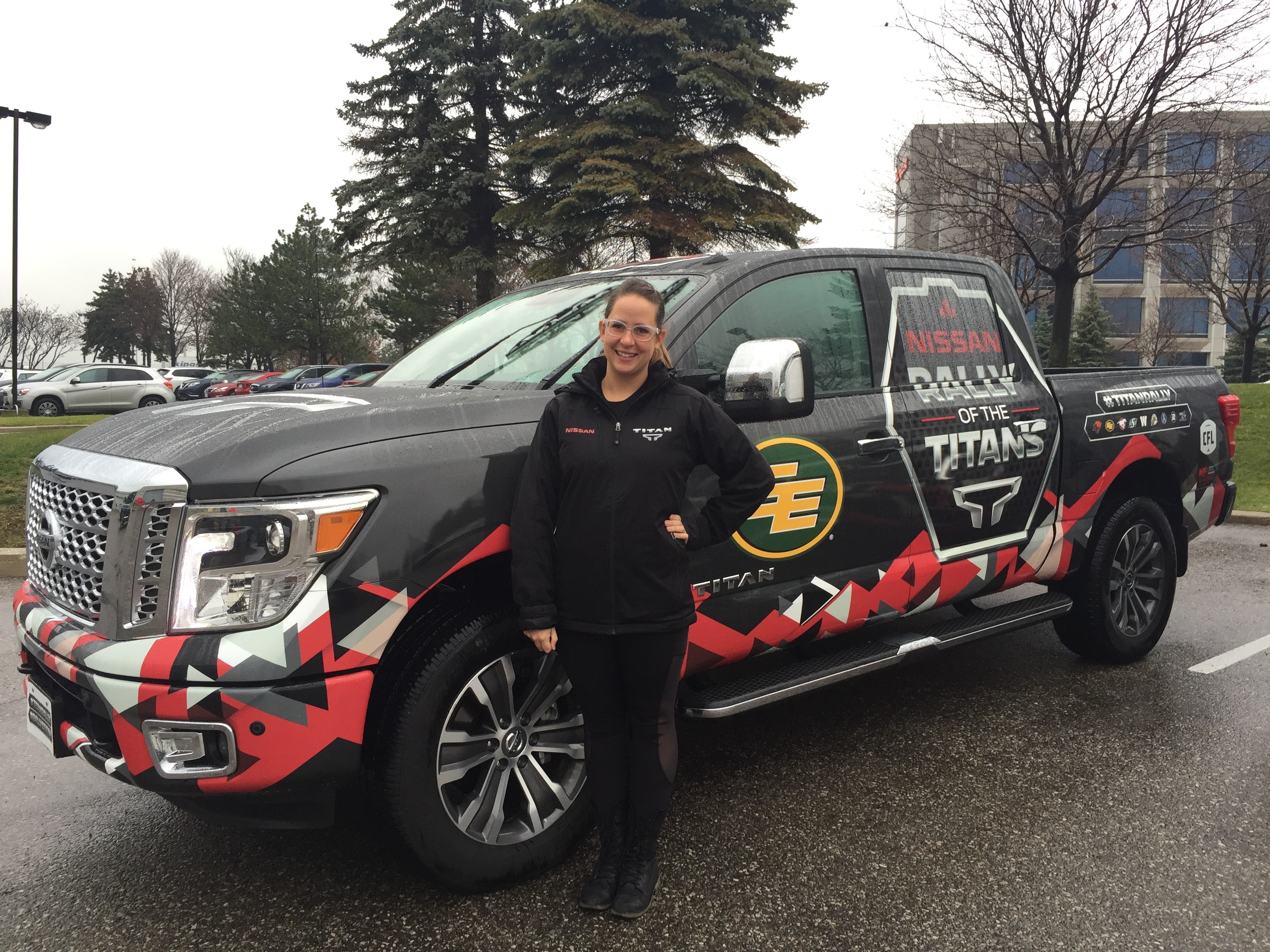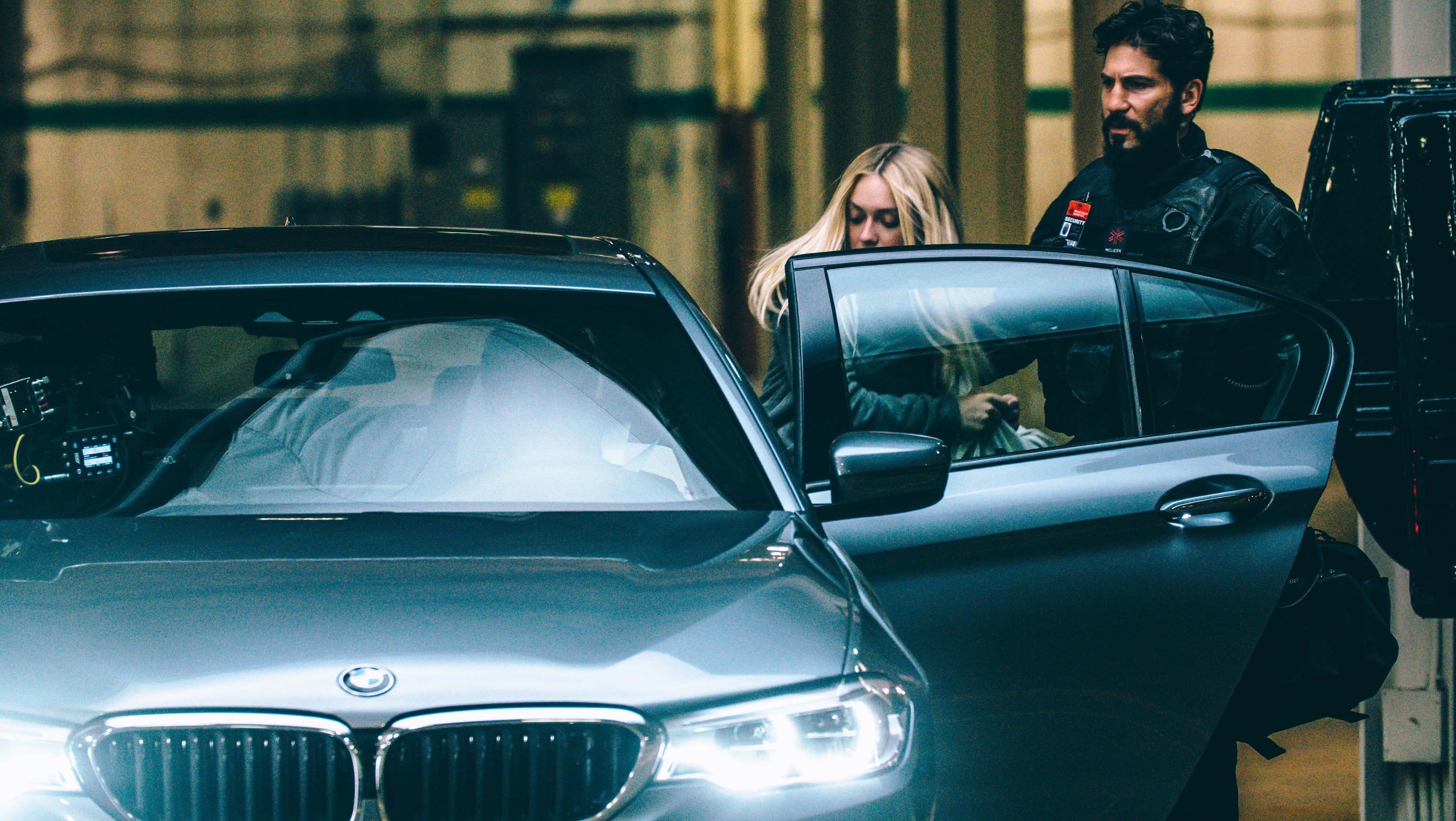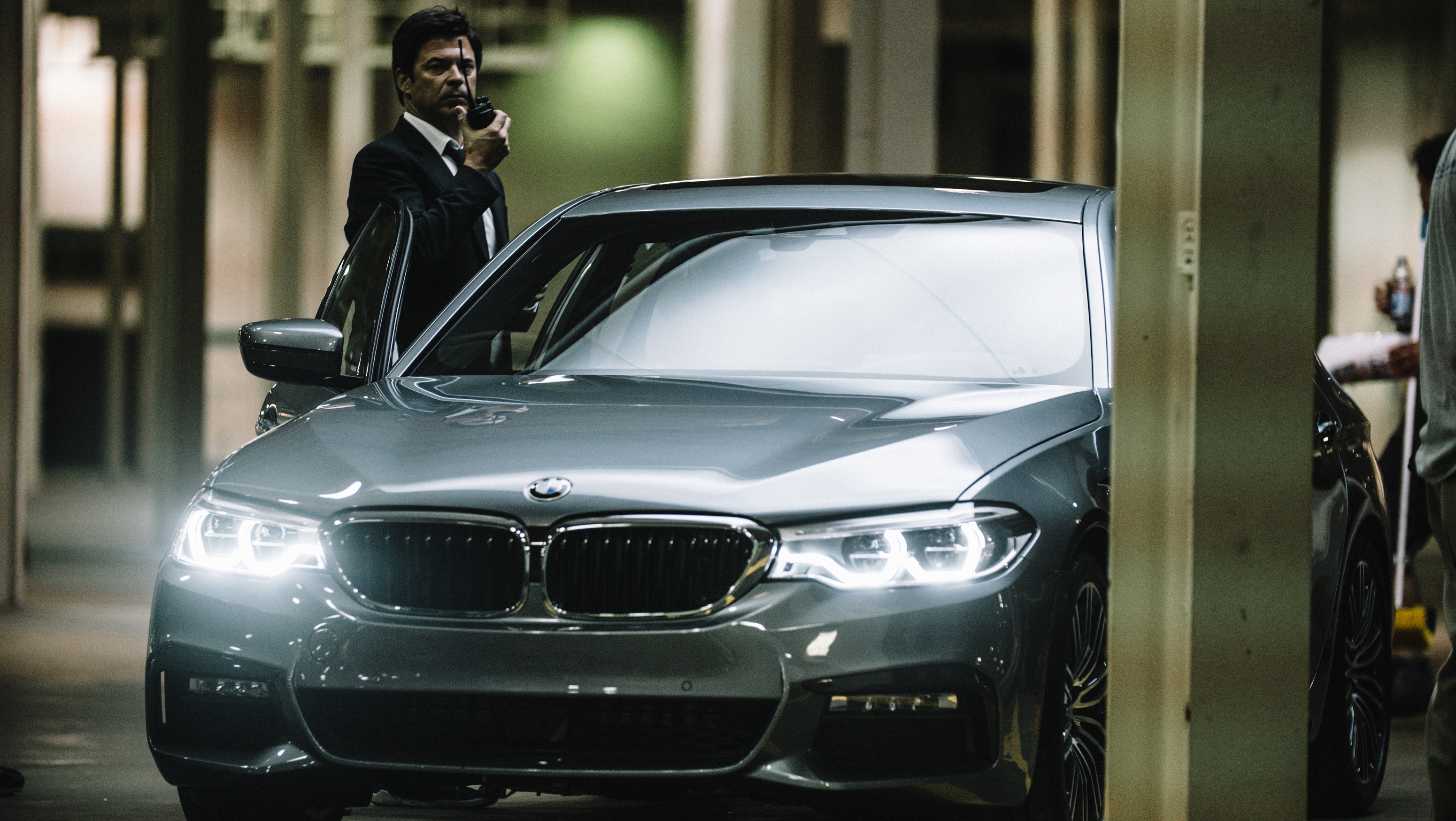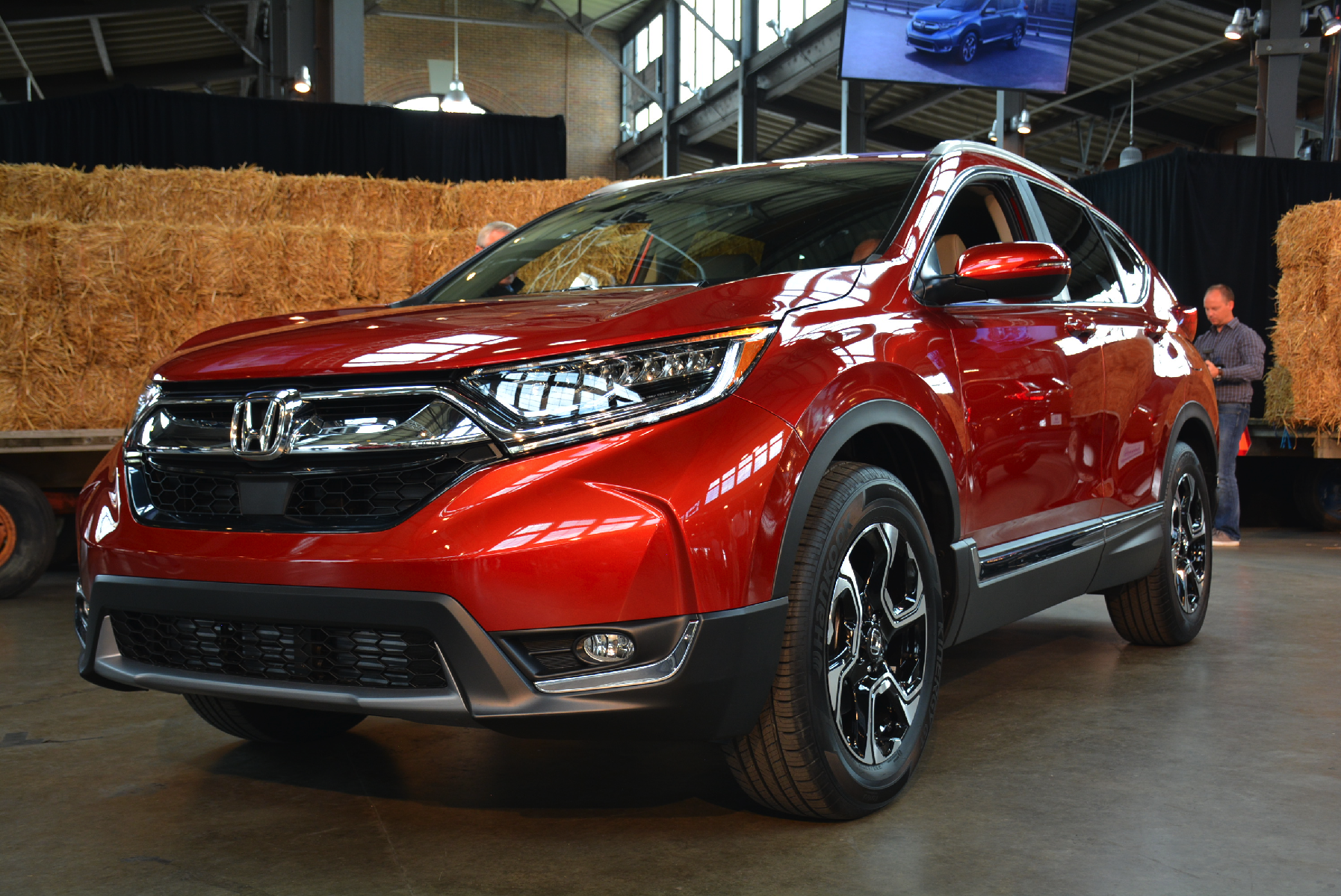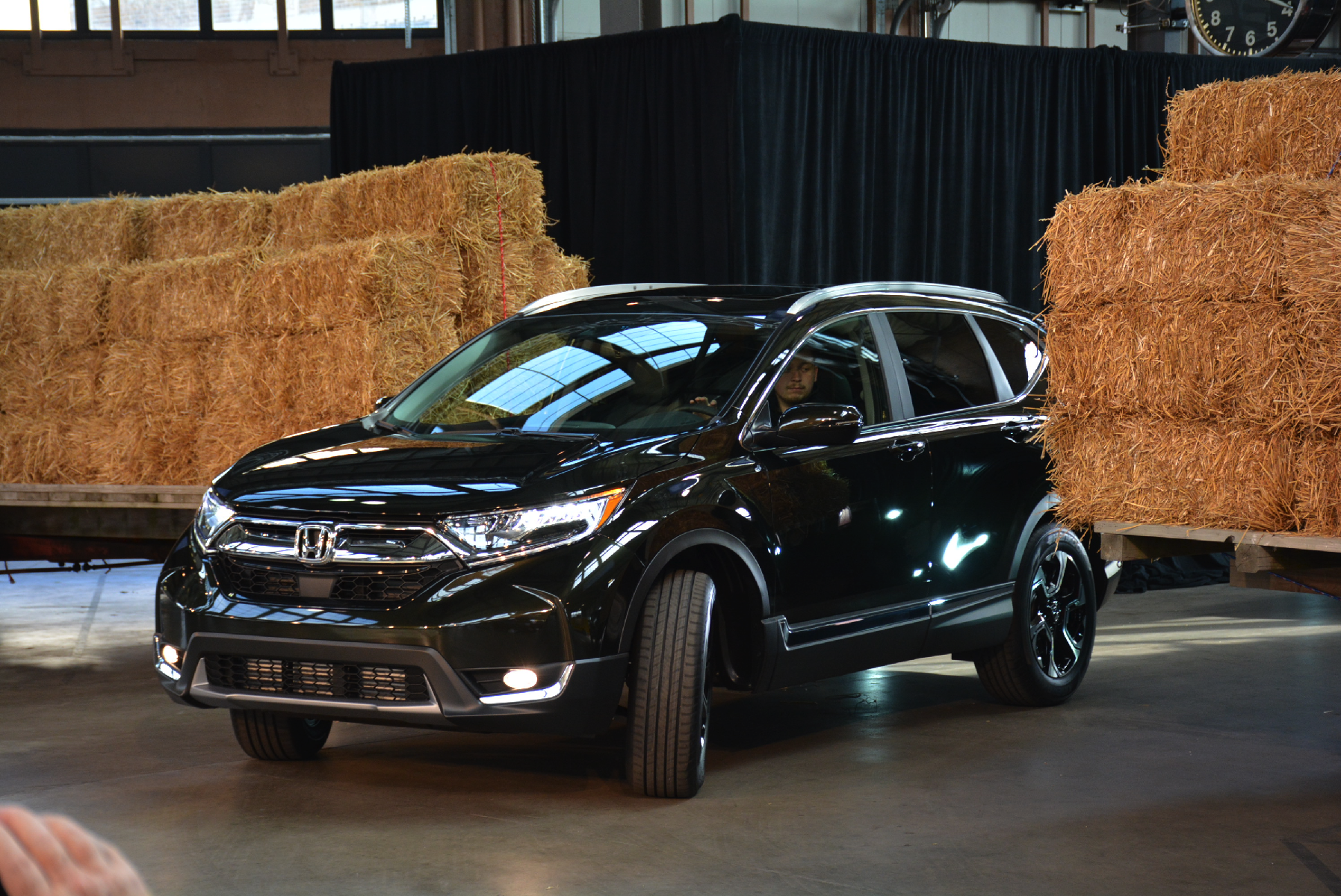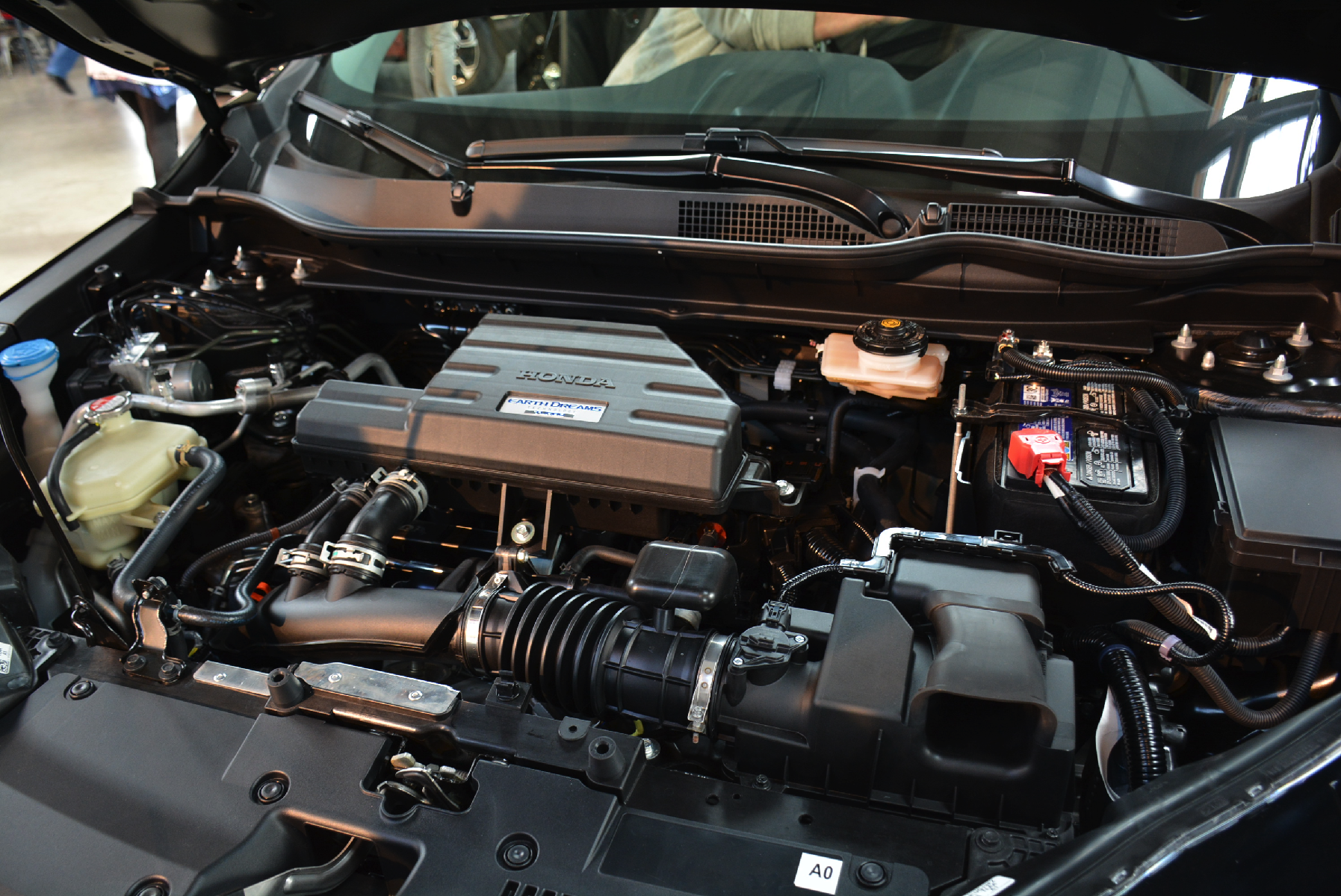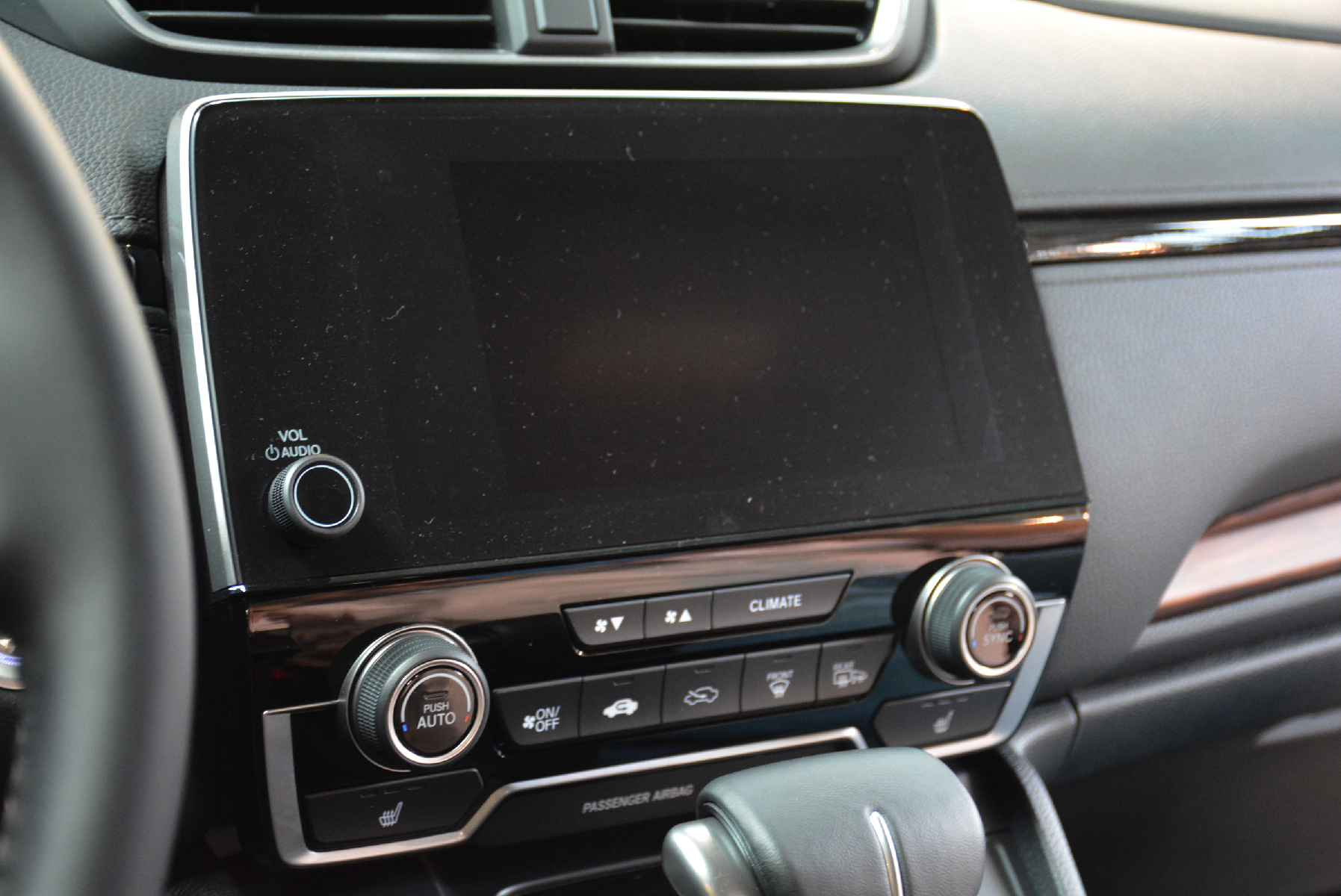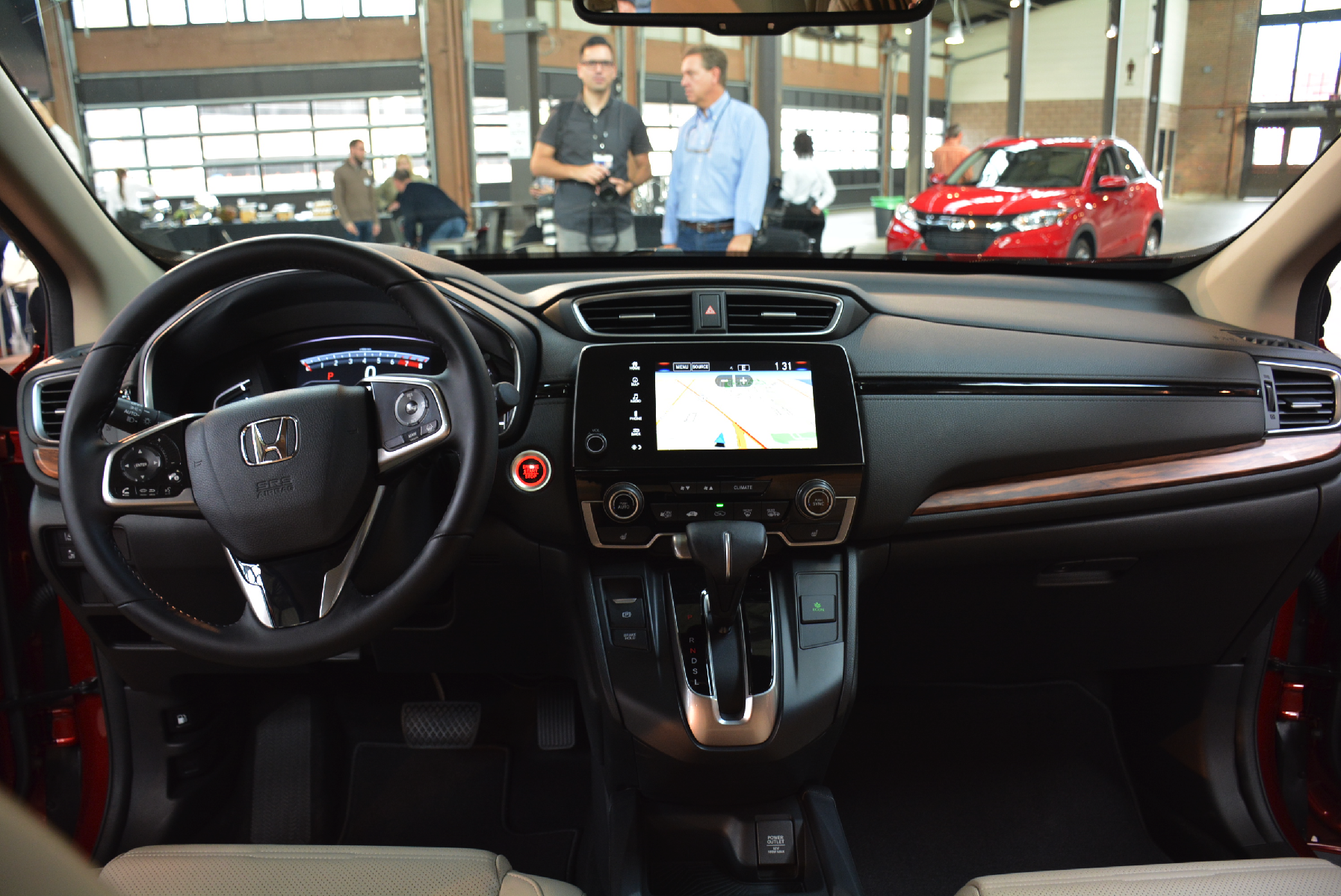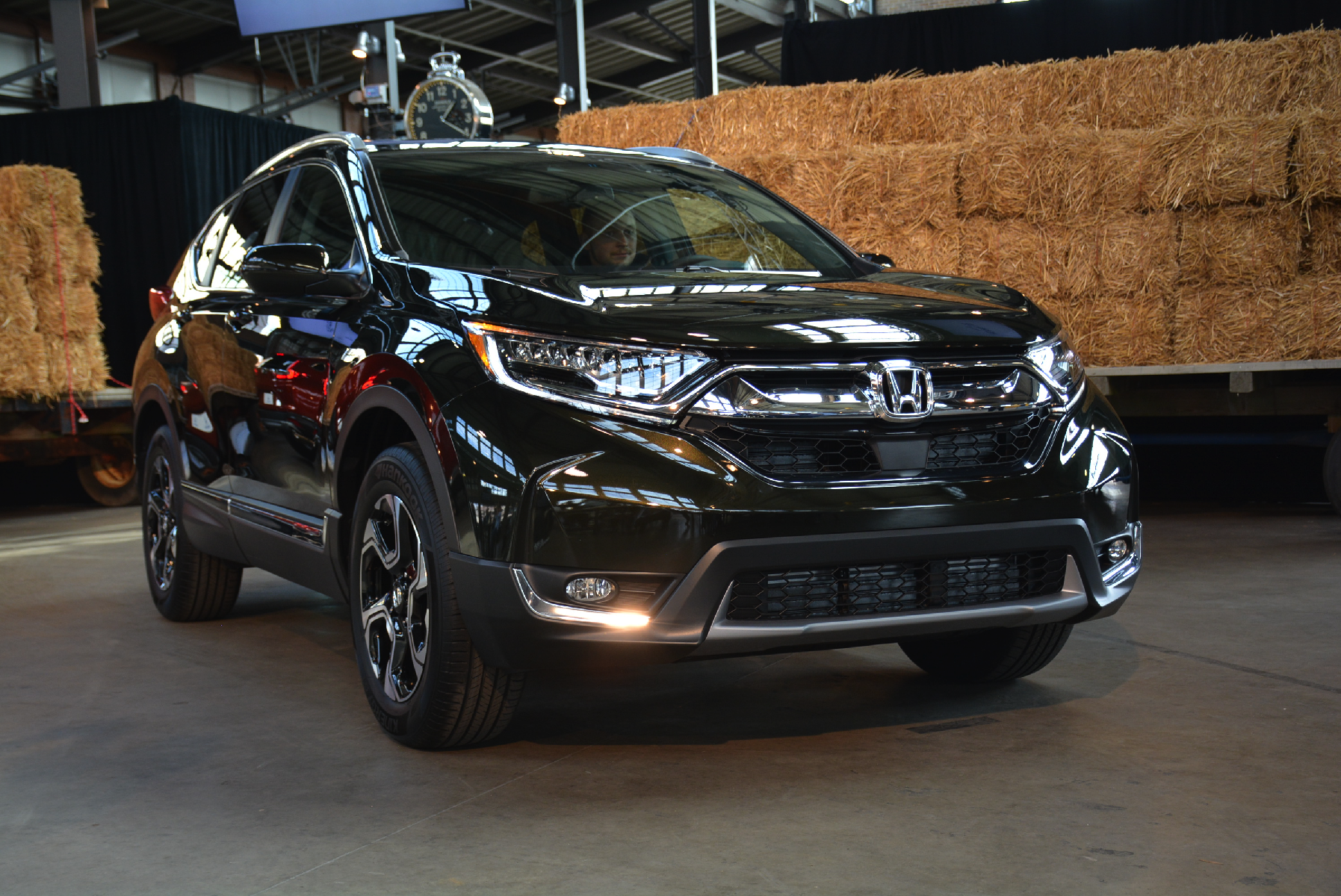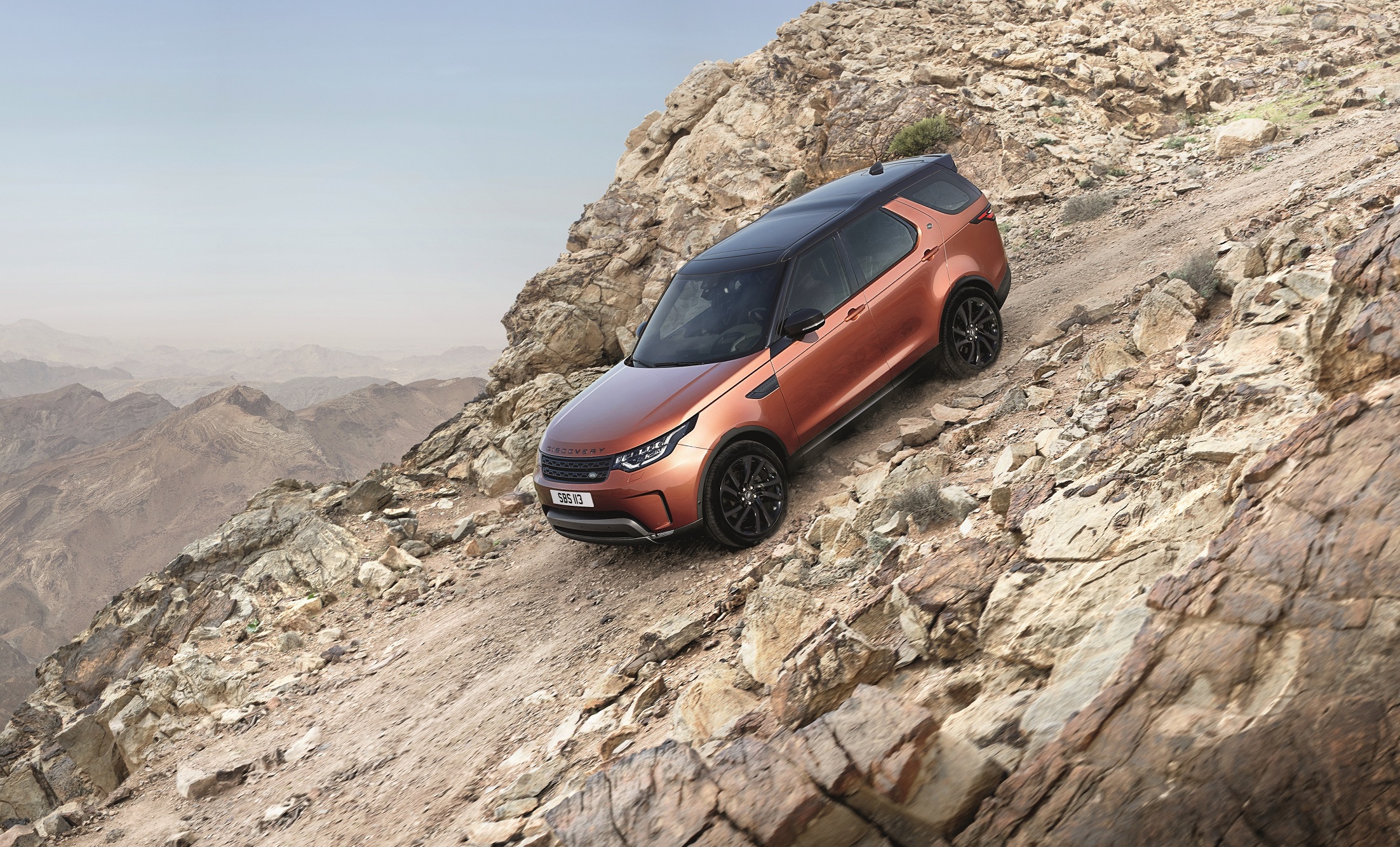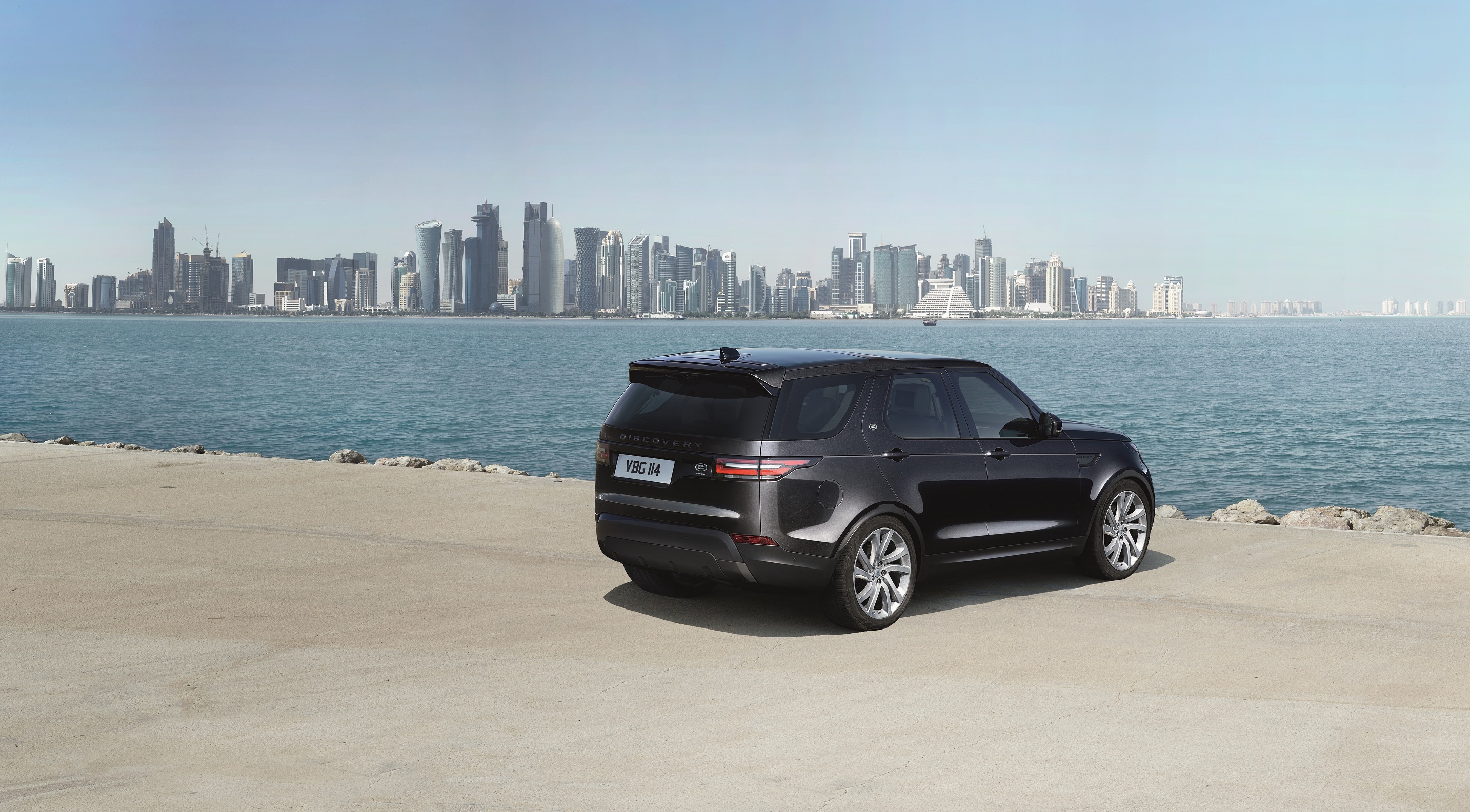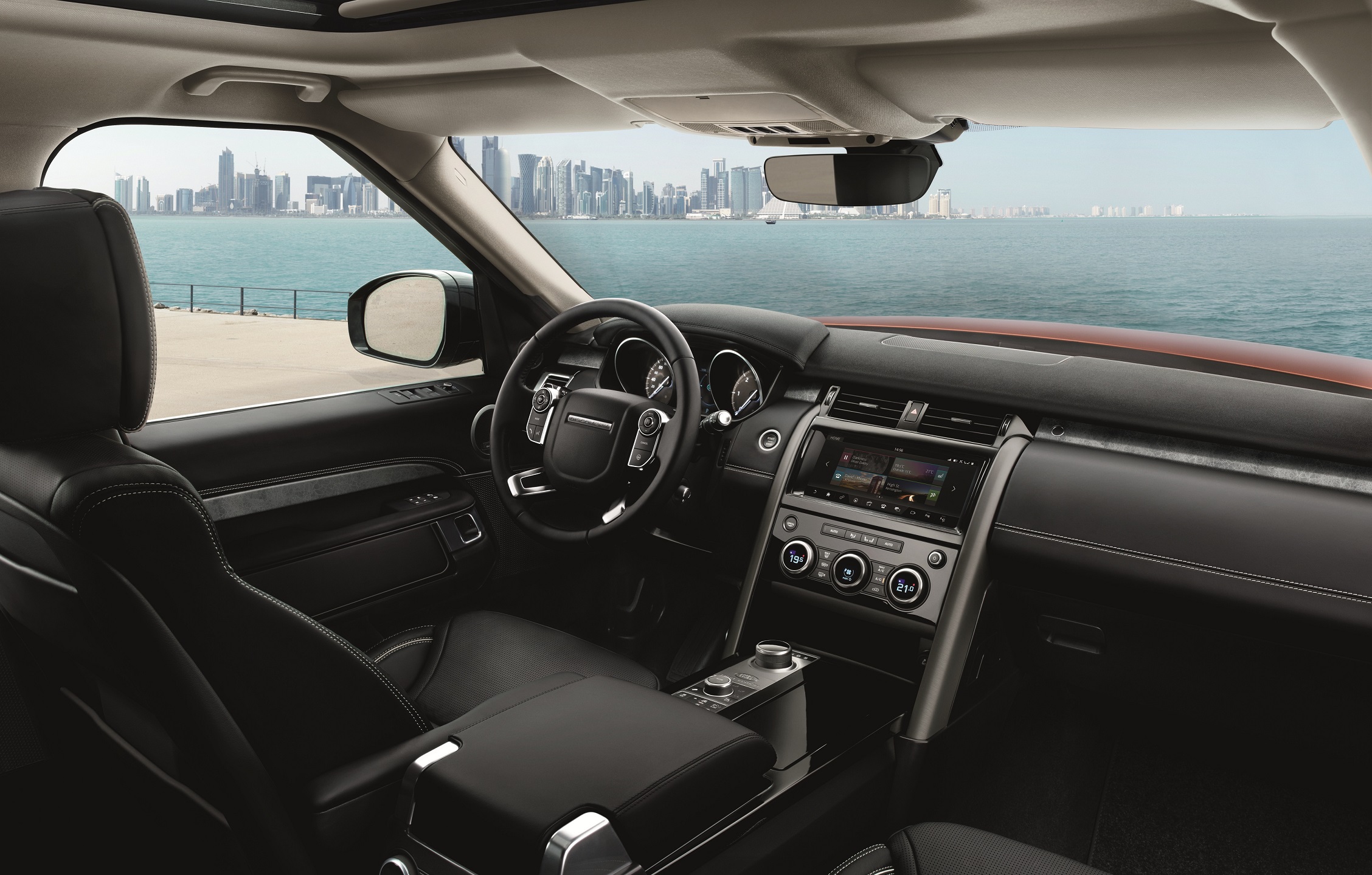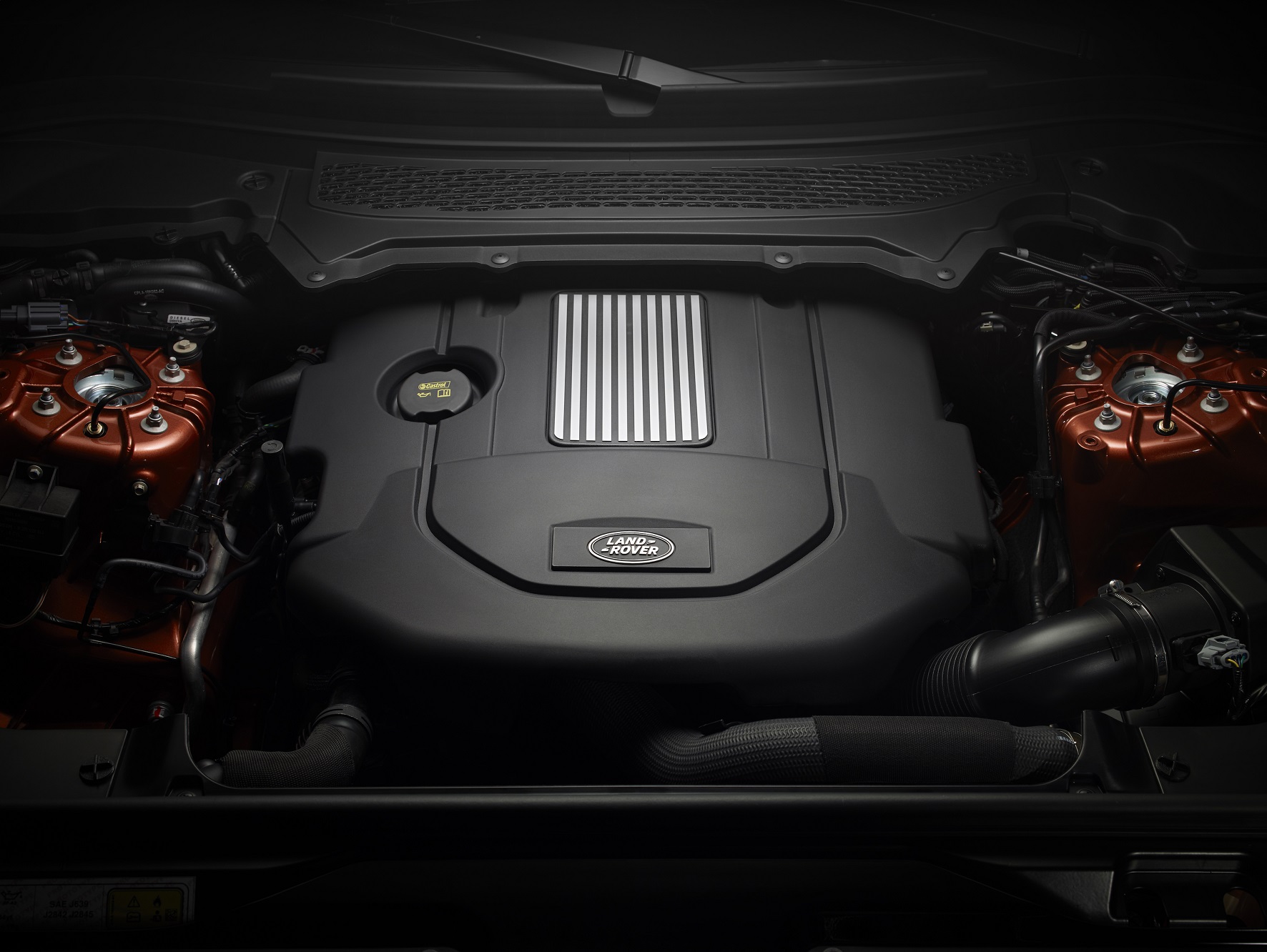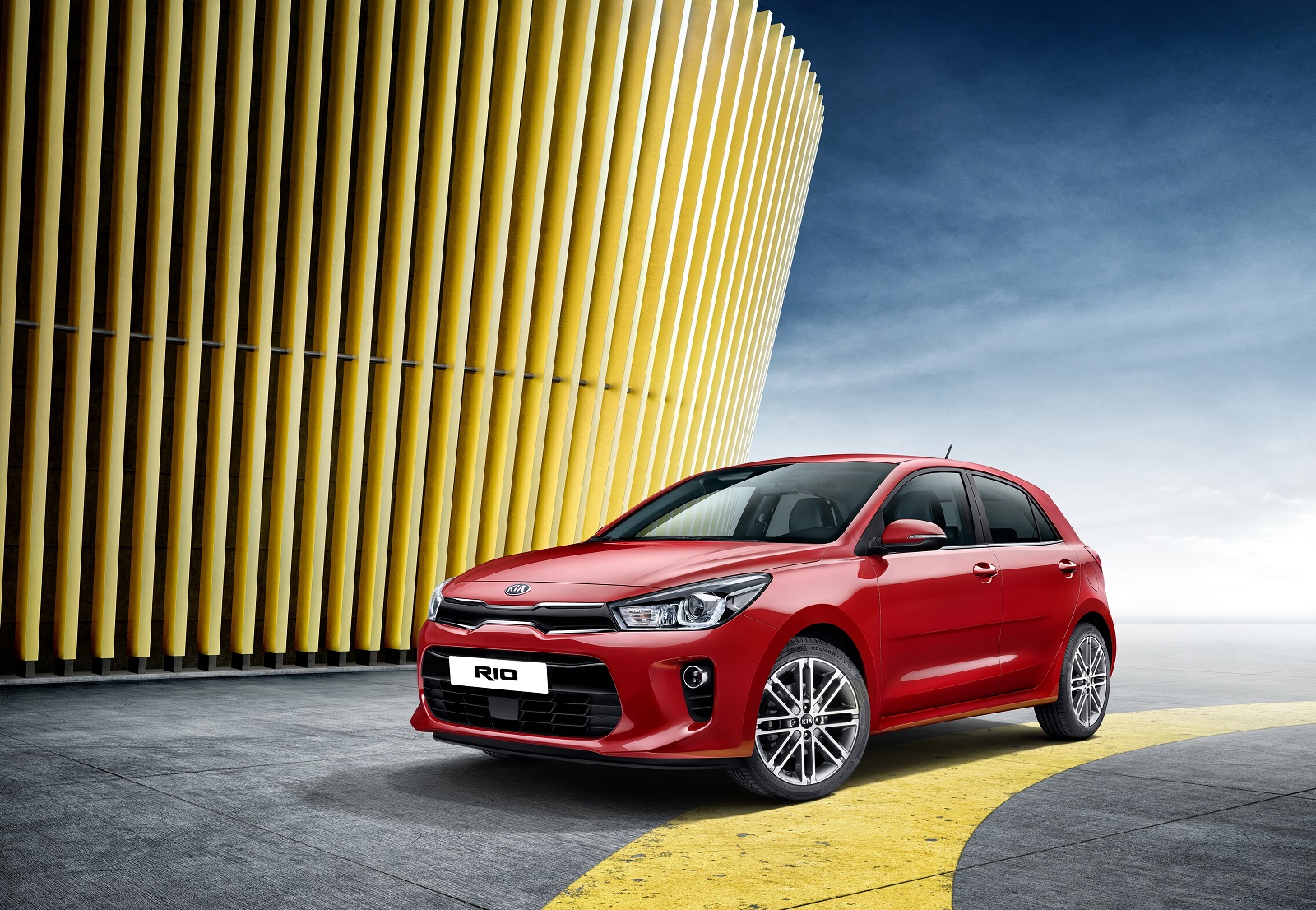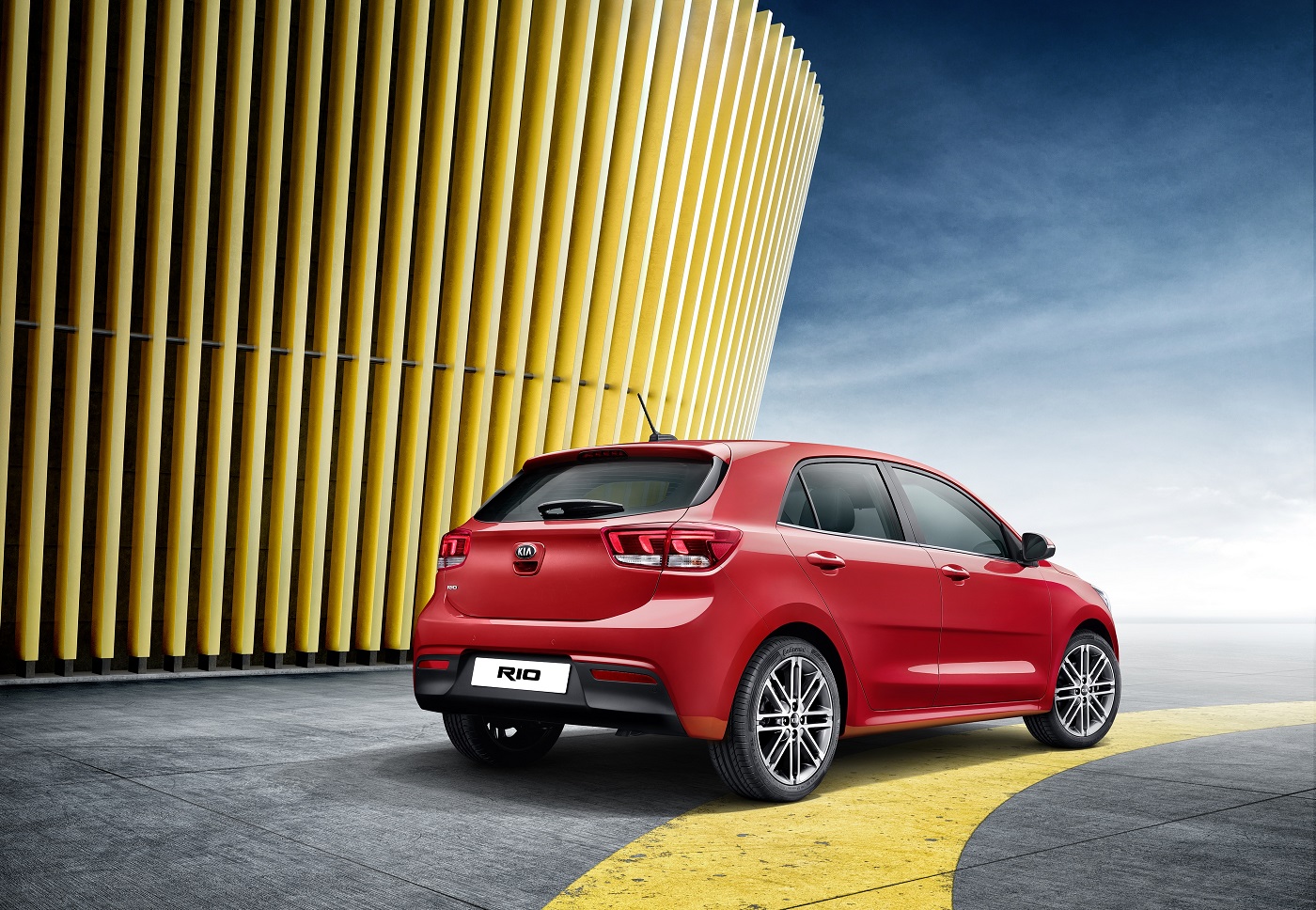Nissan SUVs showcase towing abilities
Muskoka, ON – Summer is in full swing – and for many that means cottage life. Canadians from all over the country allow themselves a little break from everyday life – for at least one weekend – and and find a way to hit their own or another's cottage.
Water activities are a key component in fully enjoying the cottage lifestyle. However, setting that up takes not only planning and the purchase of a boat or jet ski, but also the right vehicle for towing.
A pickup truck may be the the first thing that comes to mind due to its high payload and towing rating. It makes sense, but there are many SUVs out there from small to large that can perform these tasks, as well as fill three rows of seats. In addition, those SUVs produce an abundance of versatility while providing better fuel economy savings.
Nissan has a few of these SUV haulers in its Pathfinder and Armada, so the Japanese brand brought them to the cottage country hotbed of Muskoka, Ontario – along with a few Titan pickups – to showcase how practical and easy-to-use they are for regular towing tasks.
Hitching a boat to the SUV
There were a total of five vehicles and five boats on hand, and regardless if you were in the Pathfinder or Titan, all vehicles were capable of towing the biggest boat in the lot. Naturally, the Titan diesel topped all in towing capacity at 12,010 lbs., followed by the Titan half-ton at 9,770 lbs. The Armada and Pathfinder rounded out the roster, but are impressively both class-leading at 8,500 and 6,000 lbs., respectively.
The first task was to safely hitch the Mastercraft Prostar boat to the back of the Armada; the same thing would occur the following day with a smaller Rossiter powerboat to the Pathfinder. This involved ensuring the trailer was properly balanced and level, the hitch ball was positioned below the trailer's coupler and lower to fasten, pin was locked in for backup safety, tie down straps were used to fasten the boat to the trailer, winch cables were attached to the bow of the boat, and finally the trailer's lightning harness was fastened to the Armada.
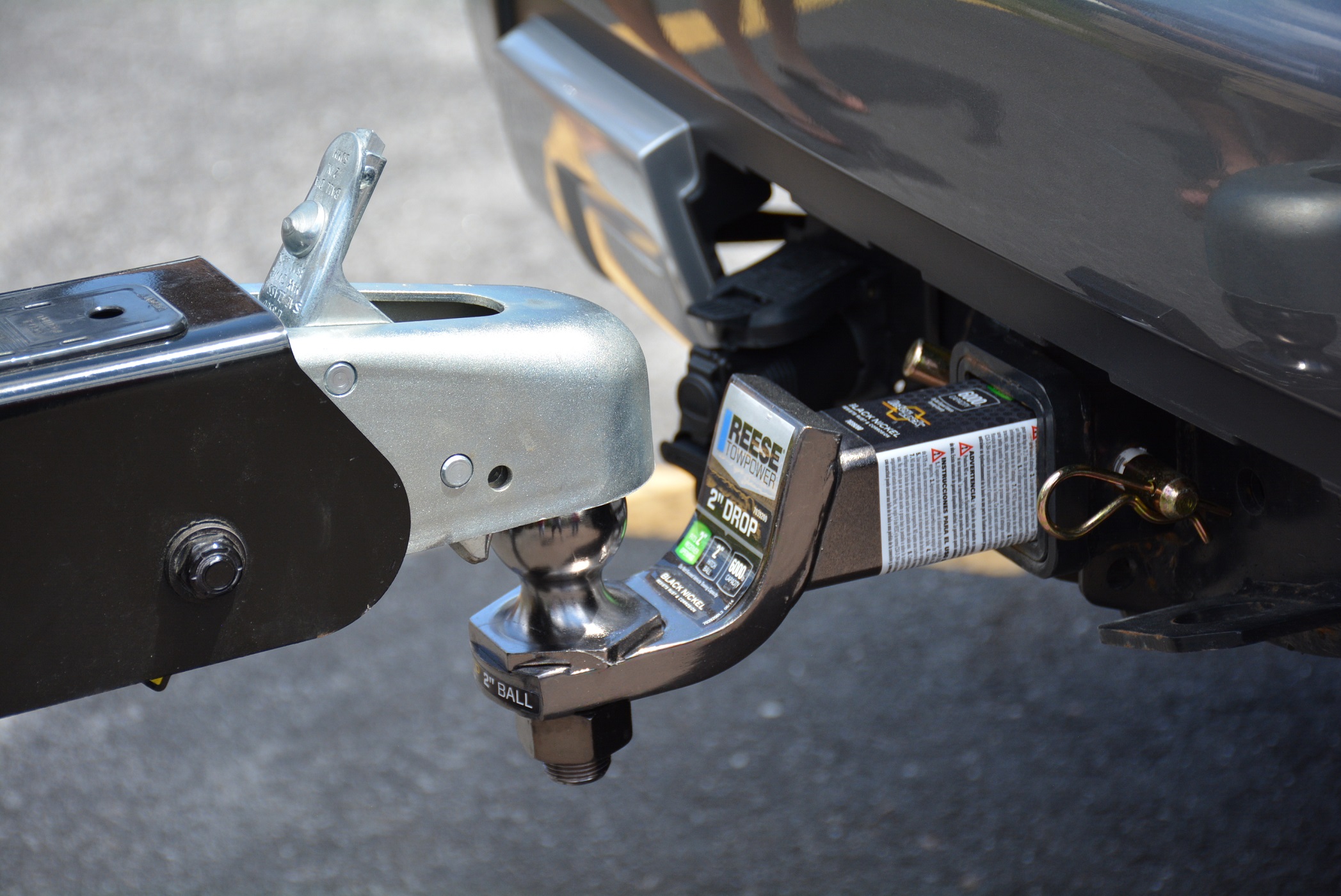
A lot to remember, but luckily we had experts around to help out. I might need one more lesson, but will be good to go afterwards. The whole trailer setup is easier with two people, as one can be the directional aid especially when positioning the trailer hitch ball, allowing the driver to receive signals through the SUV's 360-degree monitor. Once everything was set, it was a matter of checking if the trailer lights worked, and that involved a simple process of cycling through all the lights through Nissan's key fob.
How's the drive while towing?
The Armada, now in its second-generation, is built-on the same platform as the Patrol, which is the global name for the full-size SUV. It used to be based on the same platform as the Pathfinder, but it still possesses a body-on-frame construction as all the other larger Nissan products.
Towing any vehicle can be a challenge in many respects: visibility, weight, braking and constant mirror checks, the list can go on. However, one key ingredient comes down to confidence. As long as the vehicle is able to tow that capacity, it's just a matter of getting used to that different type of drive.
The Mastercraft Prostar boat added an extra 3,300 lbs. (1,497 kg) to the Armada, which was definitely felt. The feeling is a bit sluggish on acceleration, but after some time you get used to it. The vehicle is aided by by its 5.6-litre V8 engine that produces 390 hp (up from 317) and 394 lb-ft of torque, so it's more than capable of handling the weight. It's more the driver that has to adjust his or her way of driving: accelerate more uphill, take sharp bends at a slower speed, and keep a fair distance from drivers ahead to allow more time to stop.
Once those adjustments are made, the Armada does the rest while achieving better fuel economy than its past iteration thanks to its direct injection engine, variable valve event and lift and seven-speed automatic transmission.
A similar experience was had in the Pathfinder, albeit with that smaller Rossiter powerboat. The Pathfinder utilizes a direct-injected 3.5-litre V6, good for 284 hp and 259 lb-ft of torque, up from 260 and 240, respectively.
In the case of the Pathfinder, the smaller boat's weight became a non-factor, as it was hardly felt throughout the drive. Sweeping curves became simple to handle, as long as the SUV stayed between the lanes, proving that the Pathfinder could have easily towed more weight than the 2,500 lb. boat.
There were a few instances with both vehicles where reversing became a challenge. A spotter was used in both circumstances: one time to back out of a parking area; the other to launch the boat into the water. With any object being towed, steering wheel inputs are backwards. Therefore, if you need to turn the boat right, you would have to move the steering wheel to the left. Once I got through my 12-point backup turn out of the parking area, launching the boat into water only took a couple corrections. It all comes down to practice to get the hang of it, but a lot of the Armada and Pathfinder backup camera aids definitely helped out in the process.
Verdict
If Nissan's point was to showcase that all of its larger vehicles are champions when it comes to towing – that point was definitely proven. It's easy to showcase any pickup when it comes to taking a boat to the cottage, so that's why my focus centred around the Armada and Pathfinder.
Both SUVs proved that one doesn't need to spend more on a pickup to casually go away for the weekend with your boat or jet ski. The Armada and Pathfinder, along with many other SUVs from other automakers, are all more than capable to haul and tow many objects. You don't have to sacrifice towing abilities in order to receive better handling, added comfort, money savings at the pump, as well as space on the driveway. In the end, picking an SUV might just be that versatile option families are looking for.
- 0
- Published in Auto Events
- Written by David Miller


